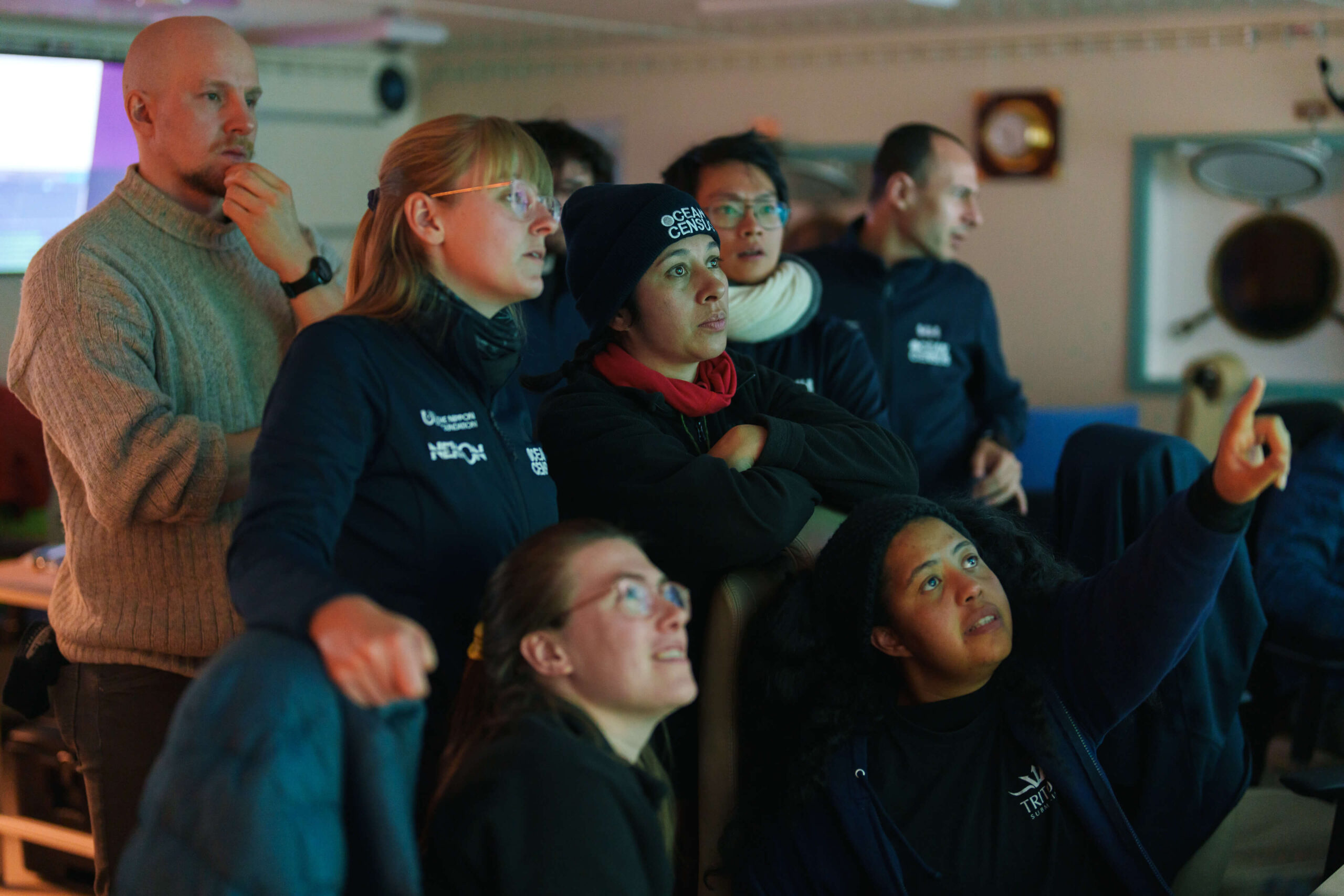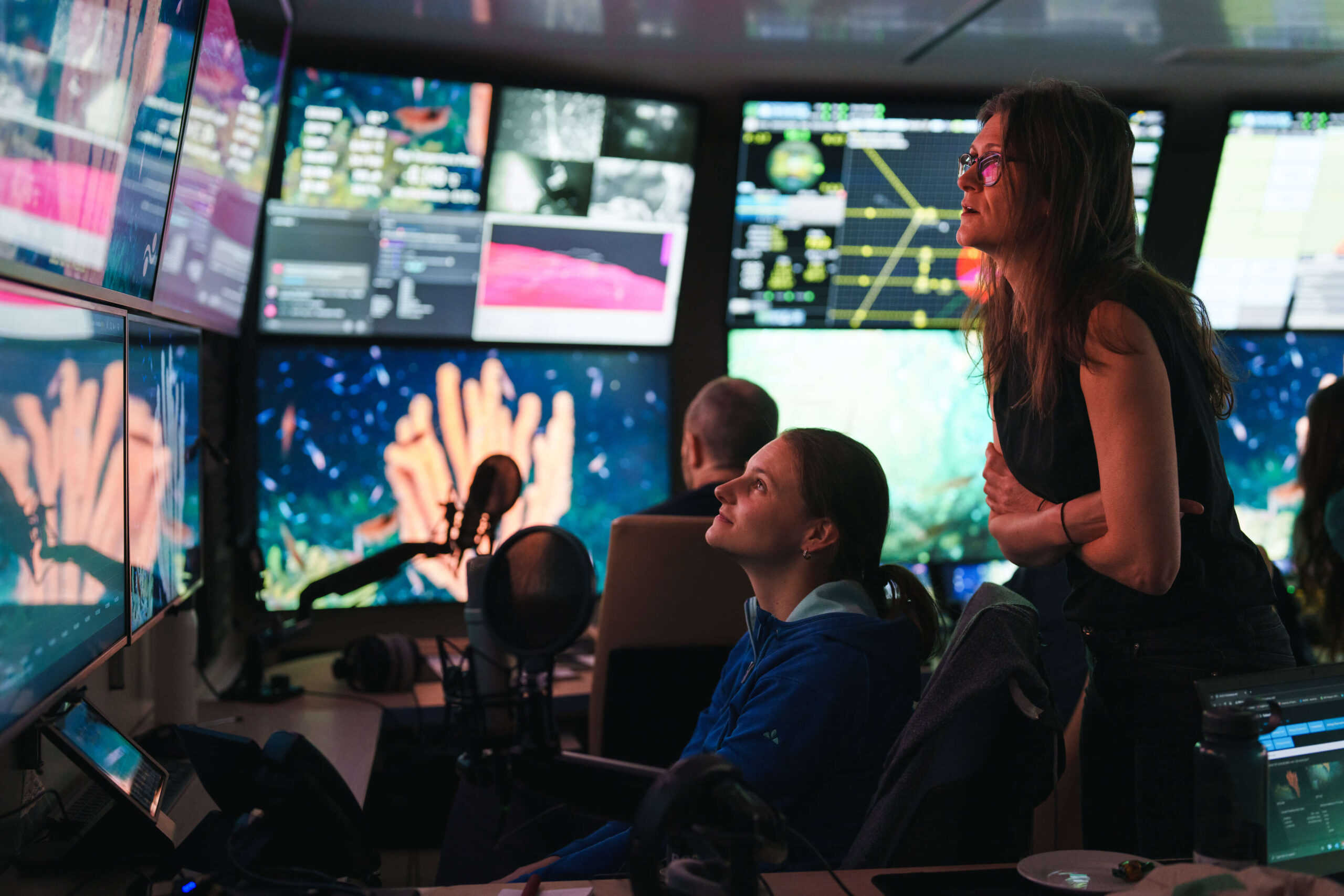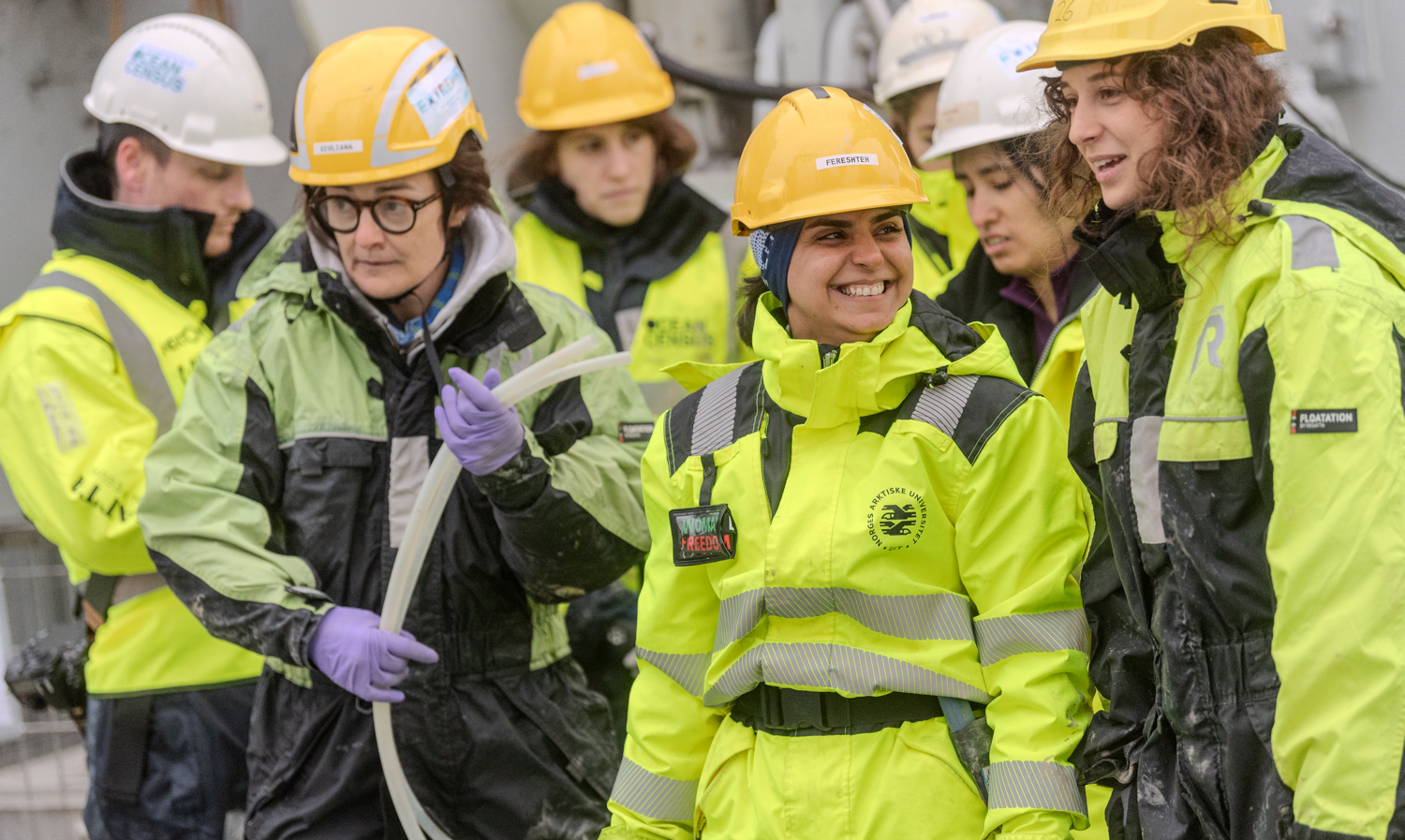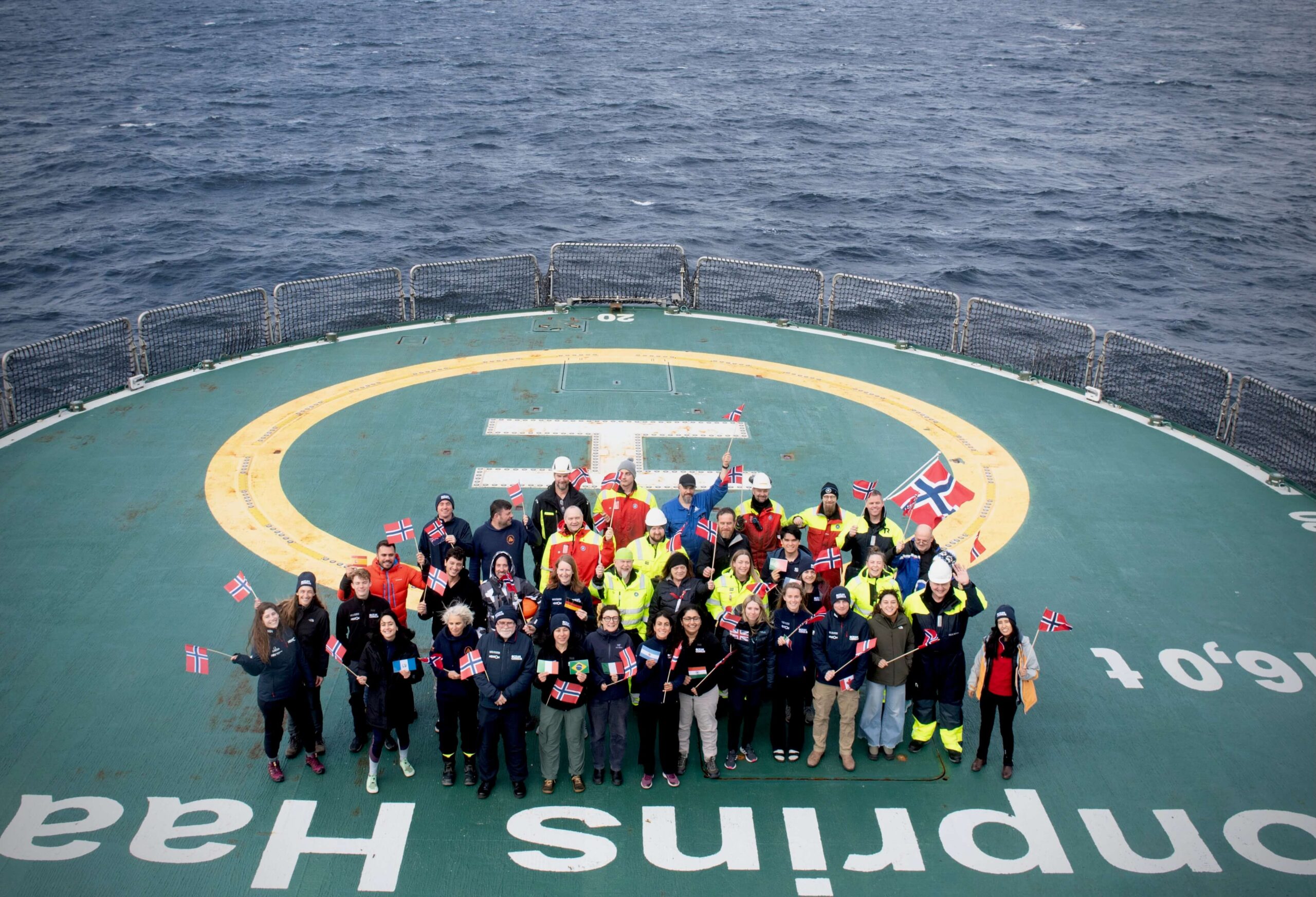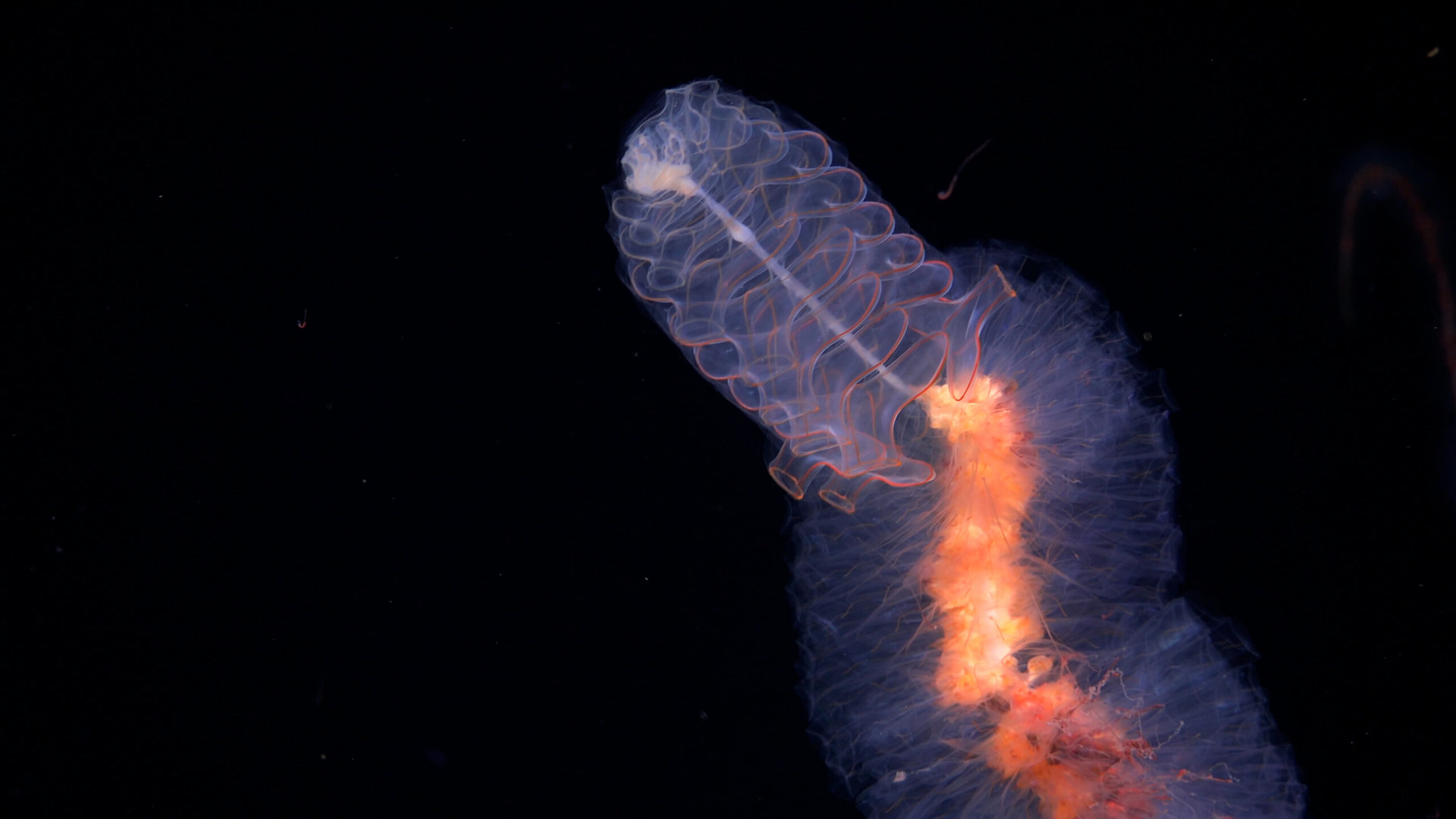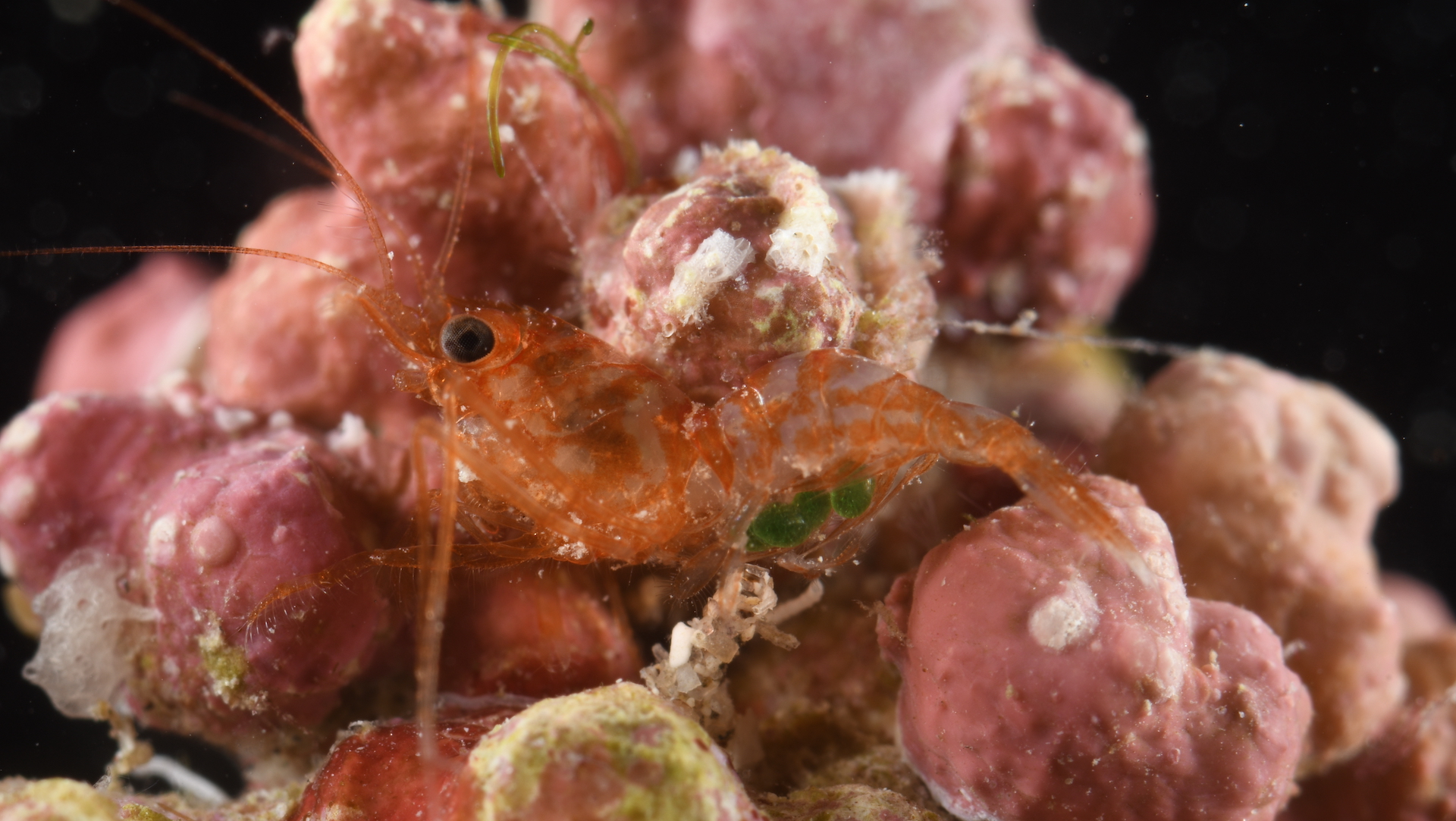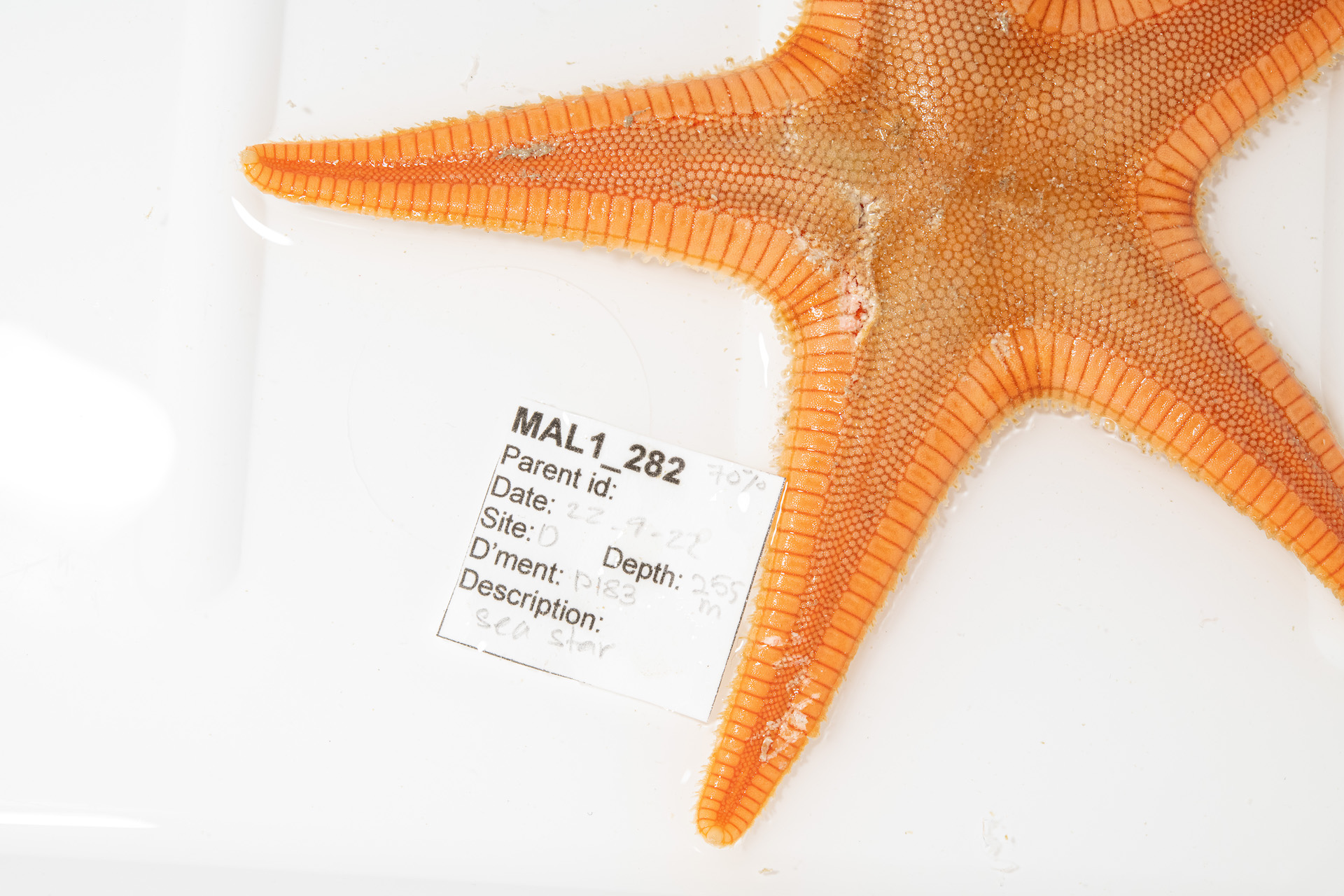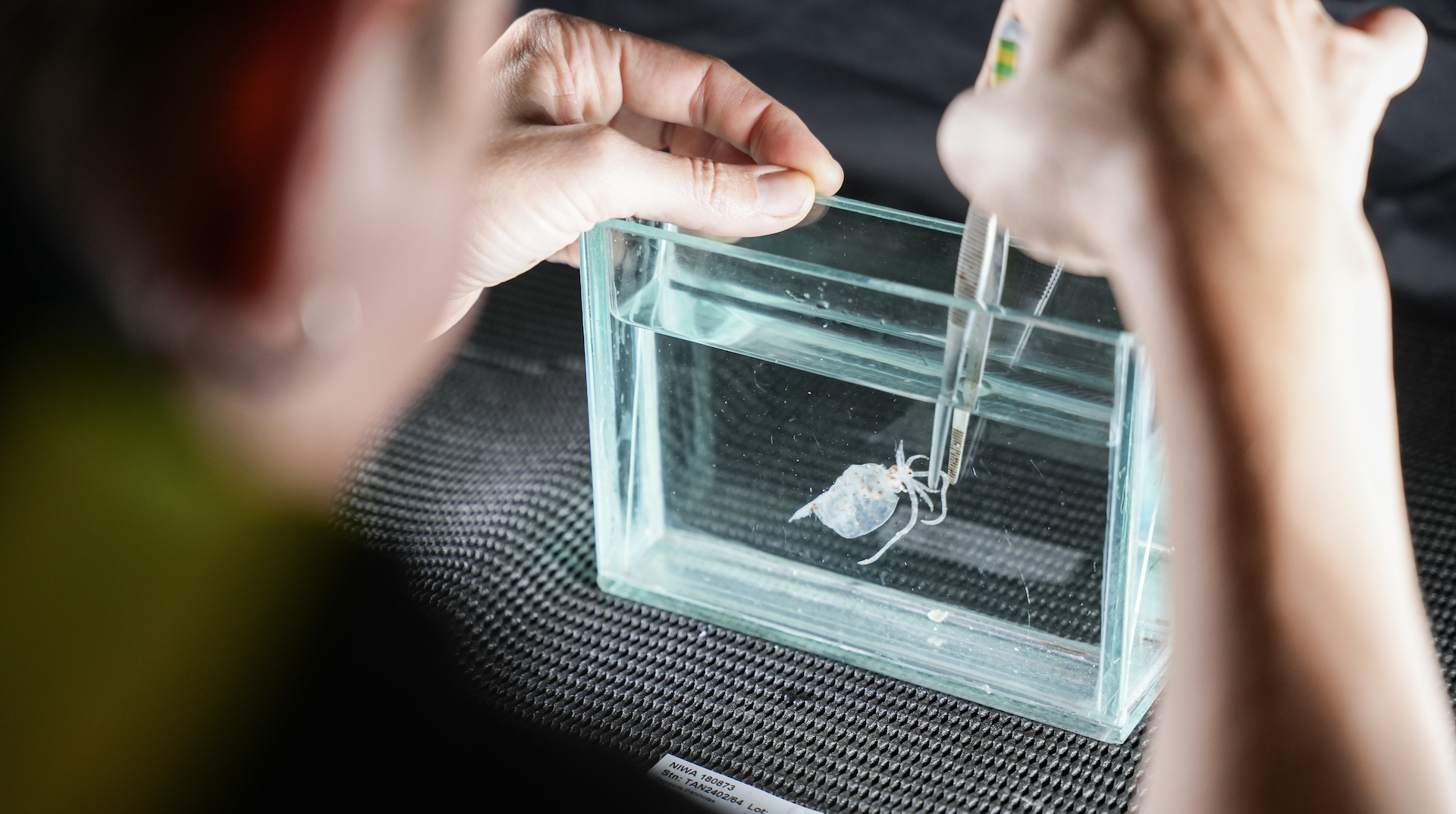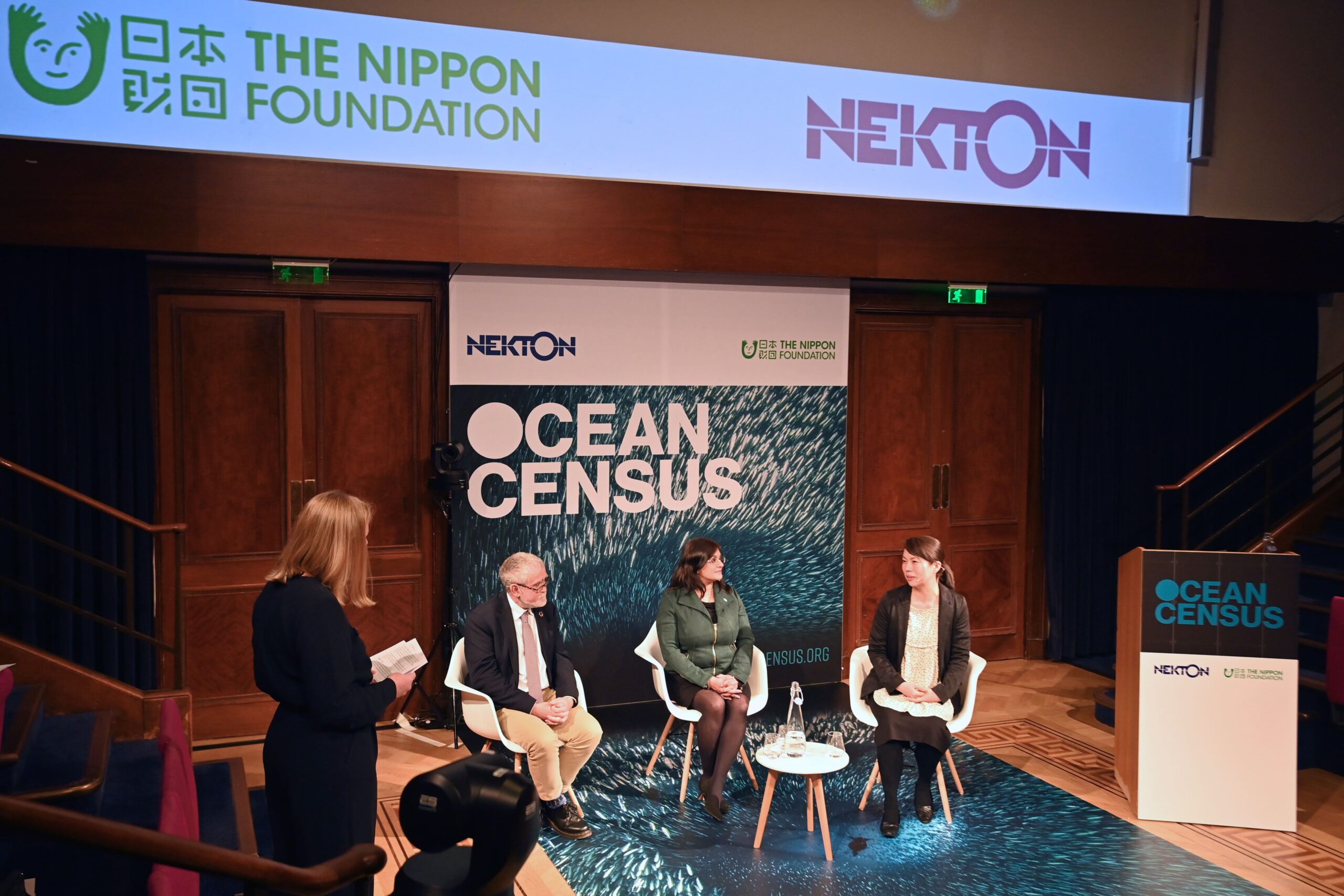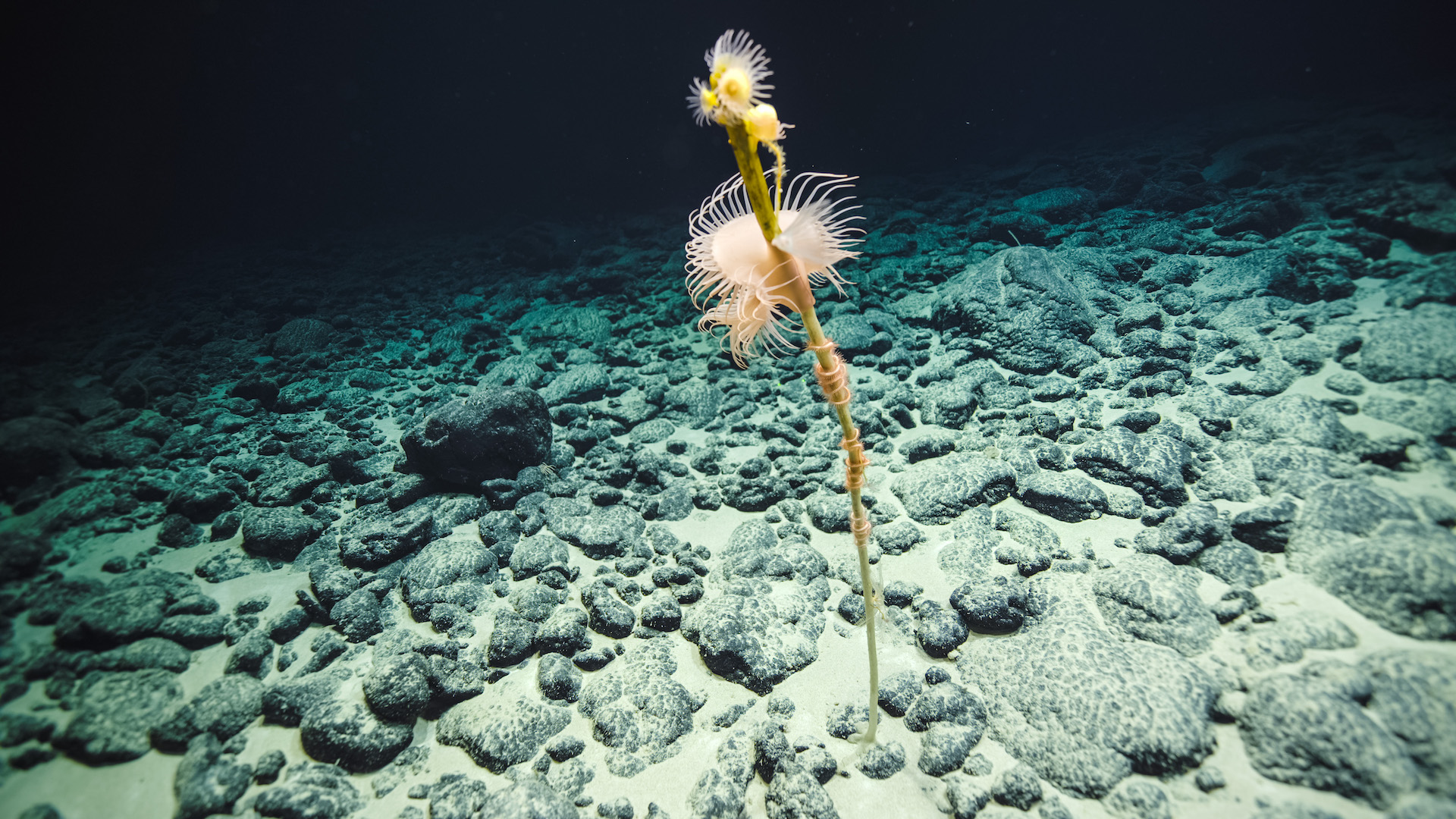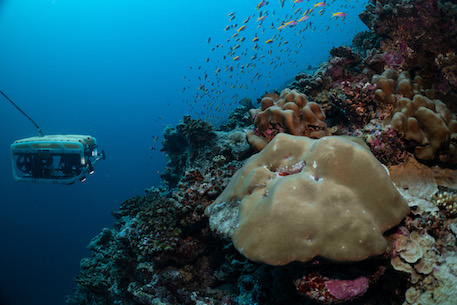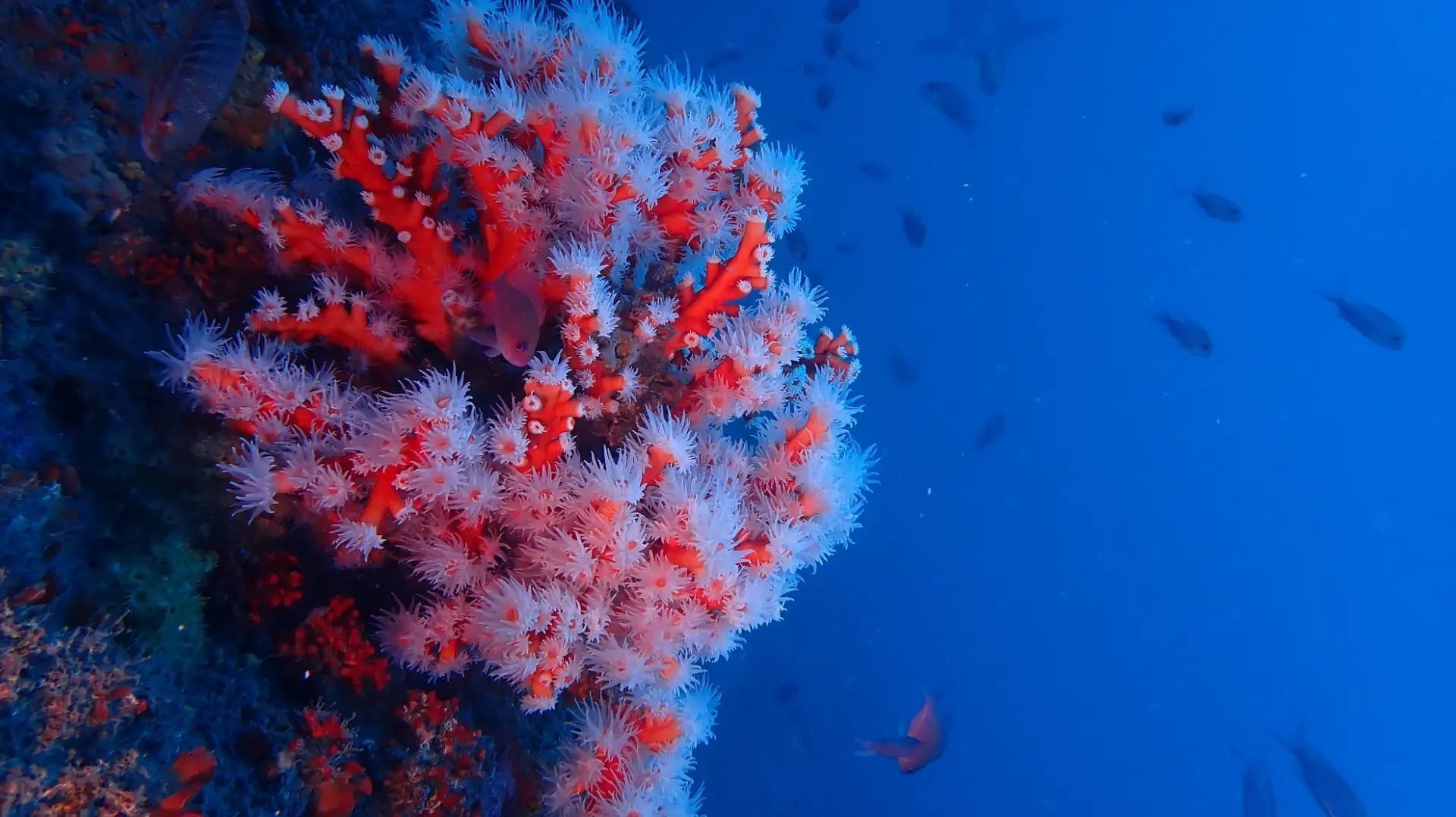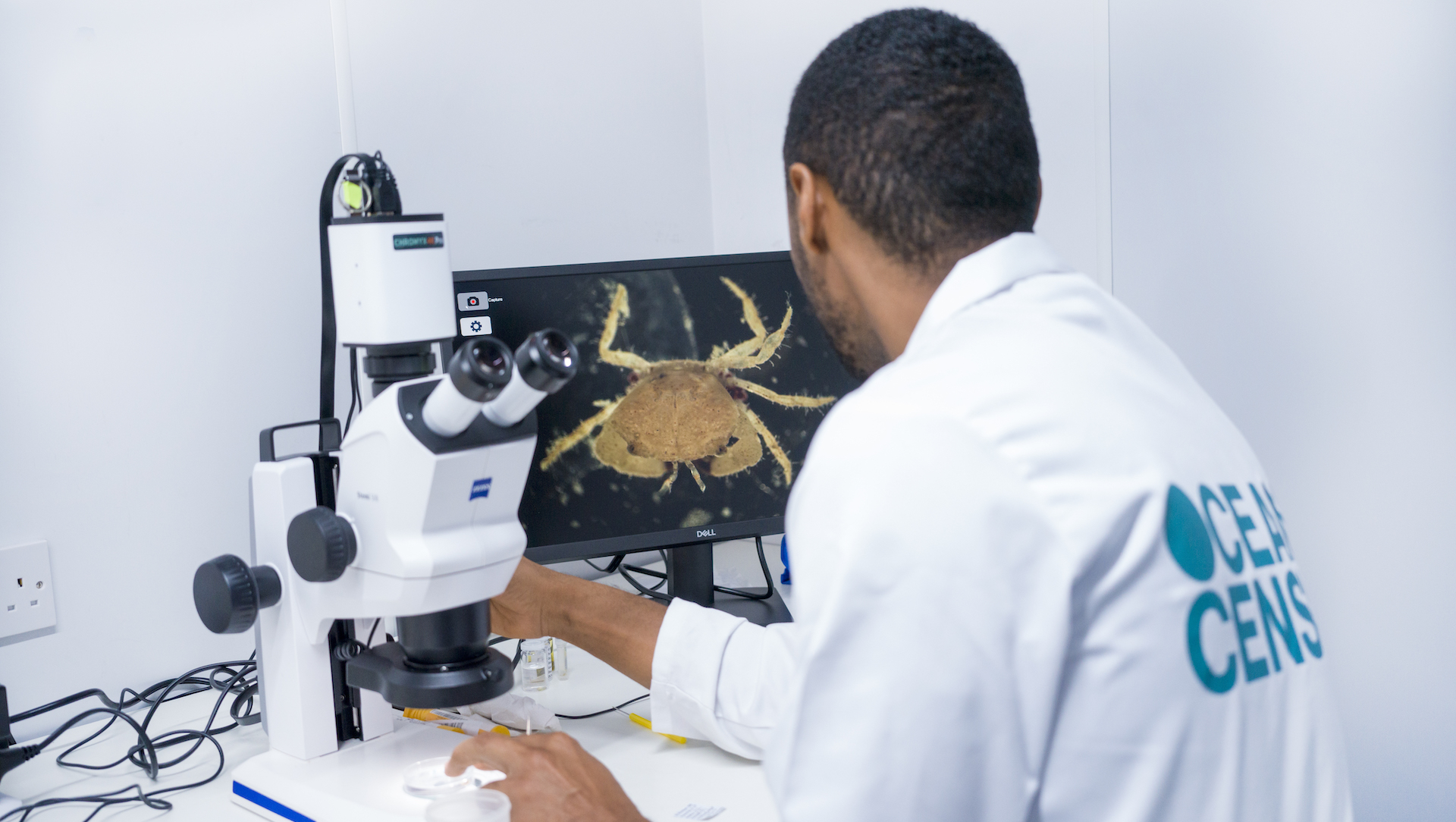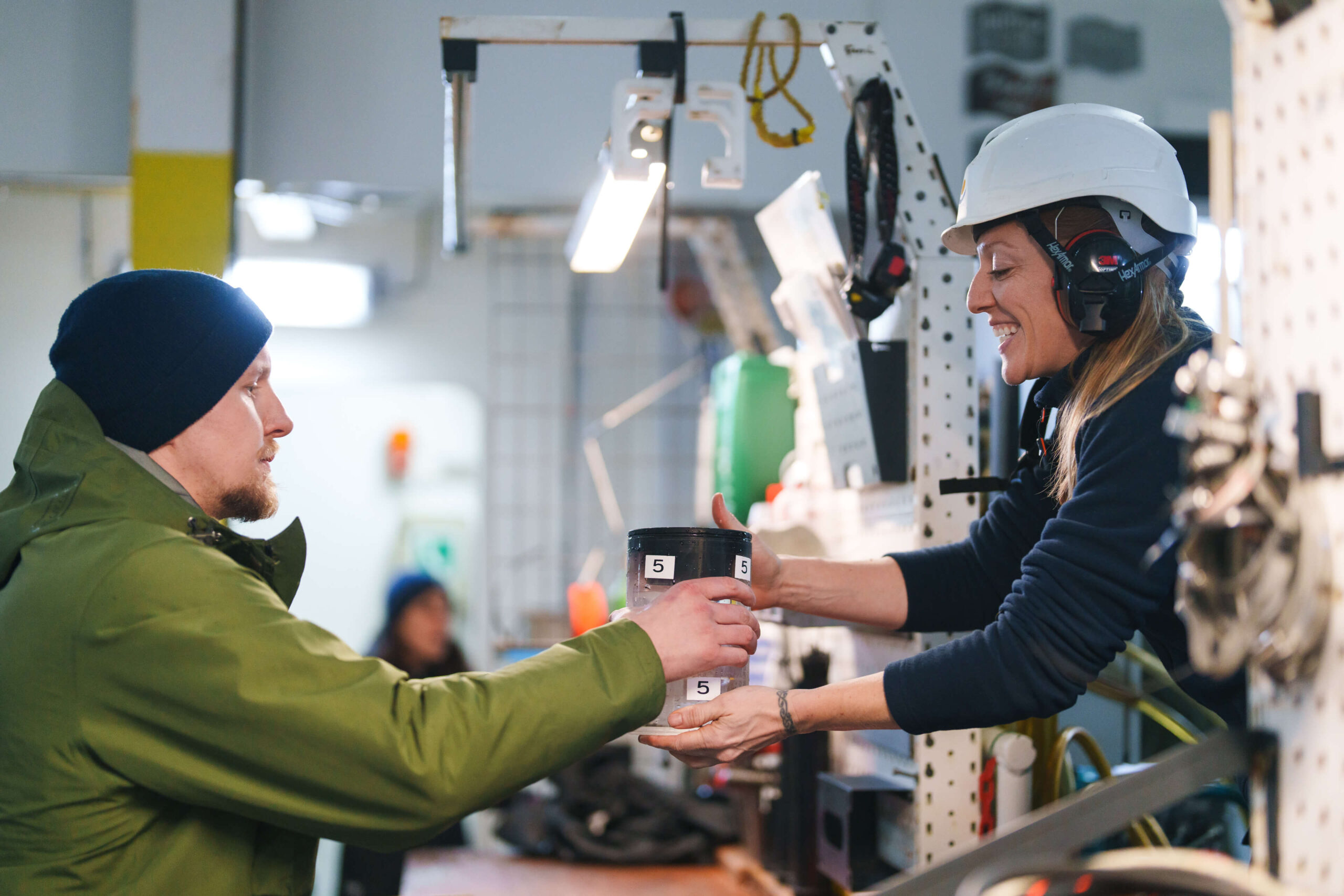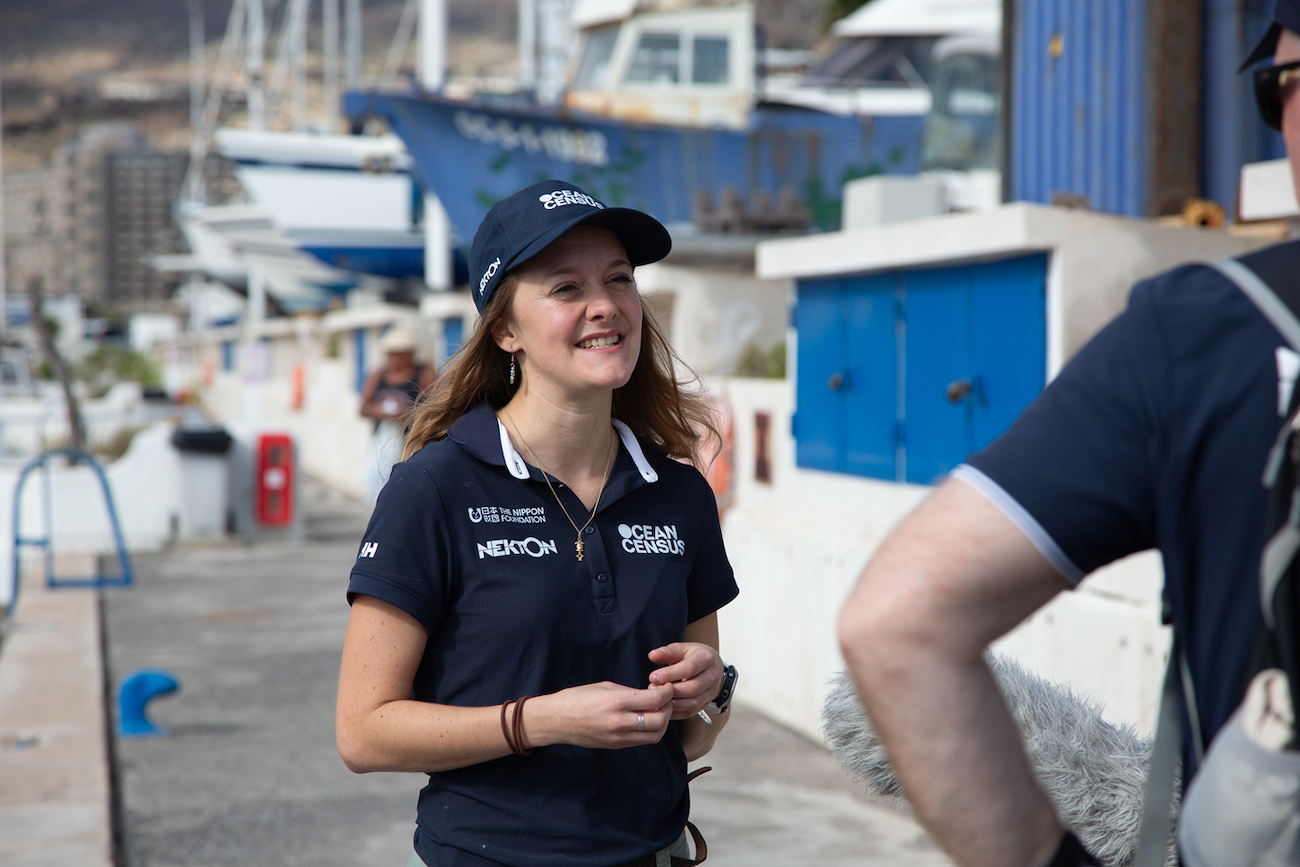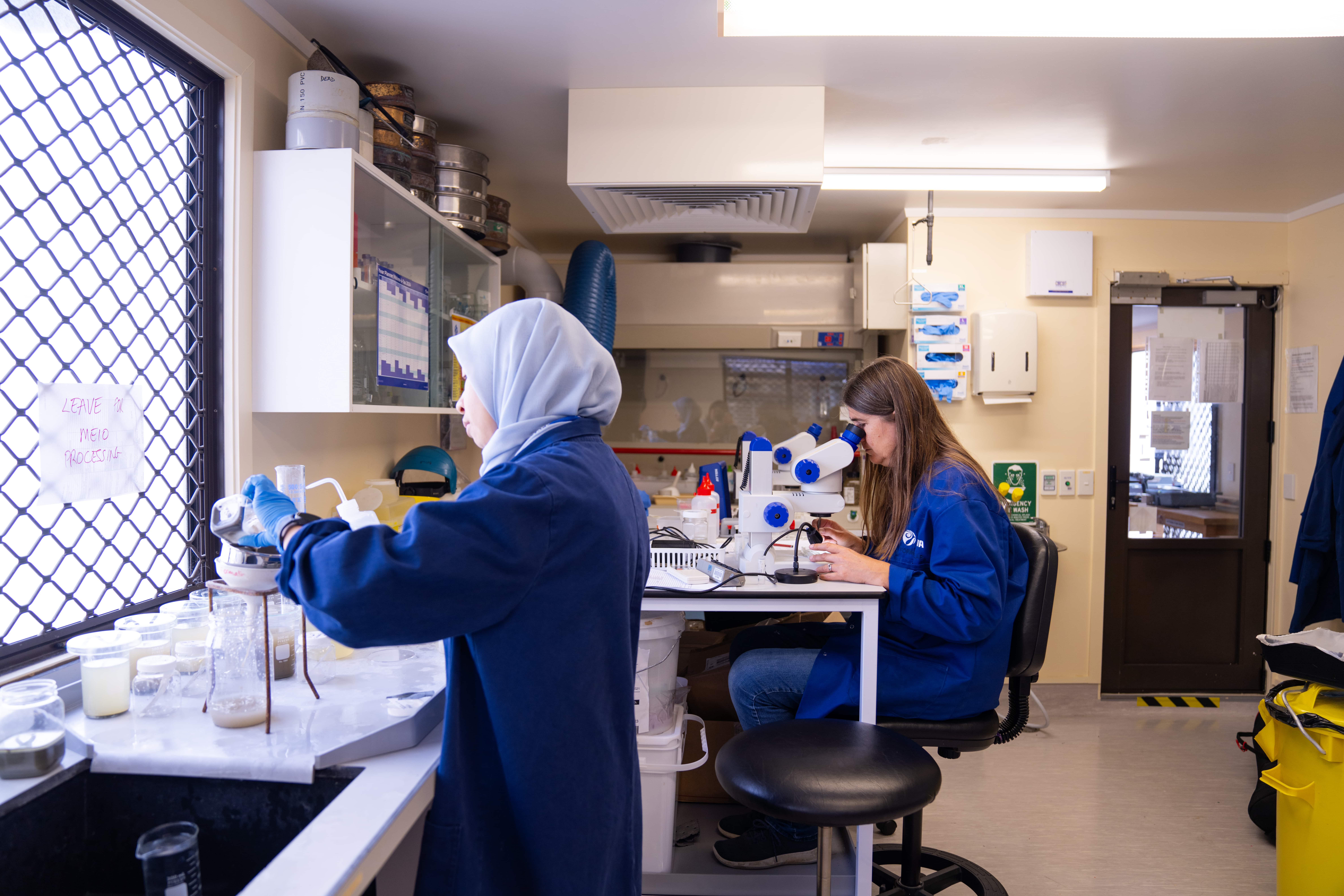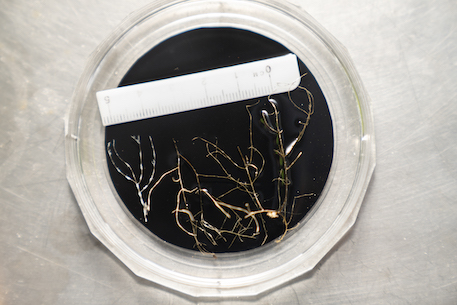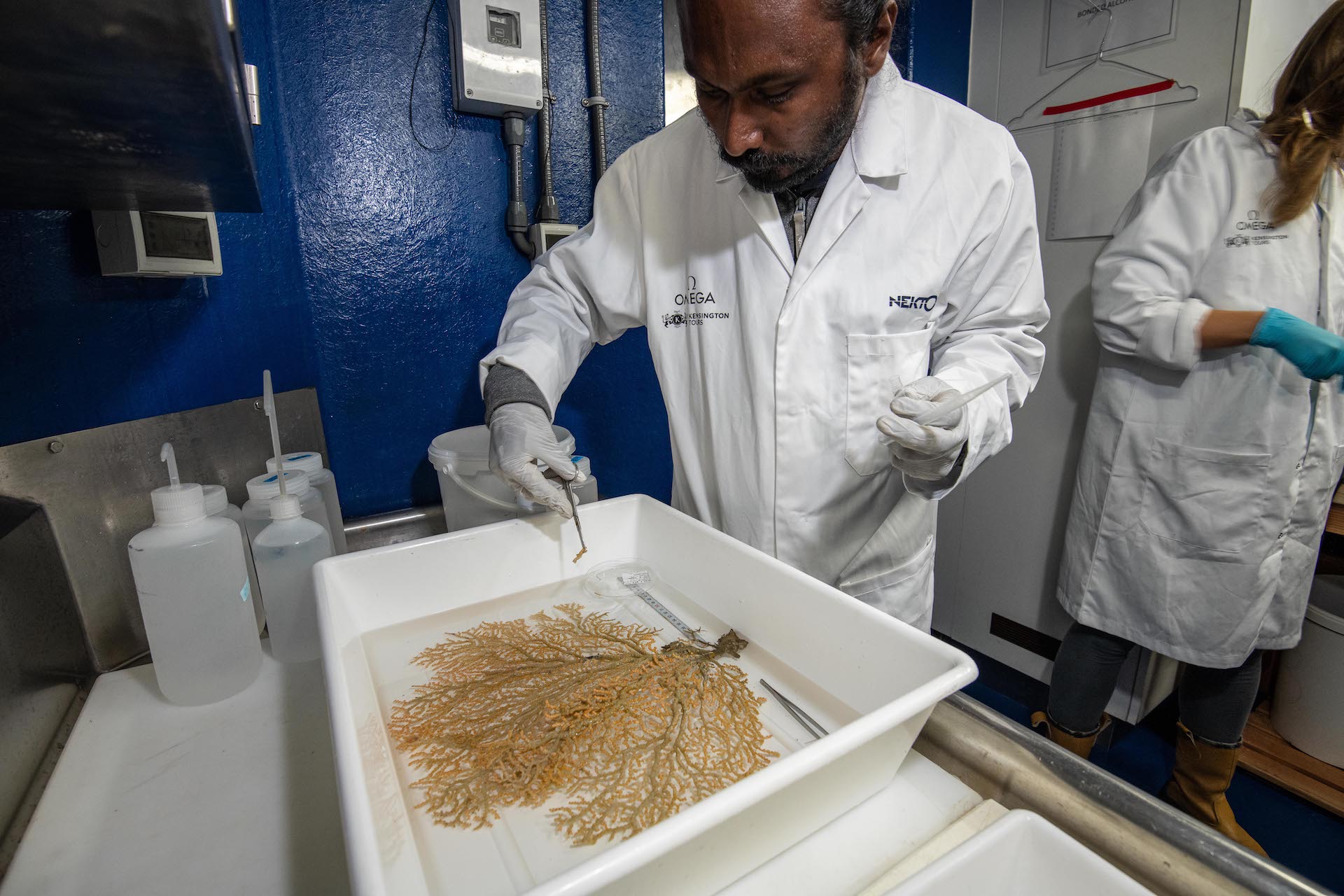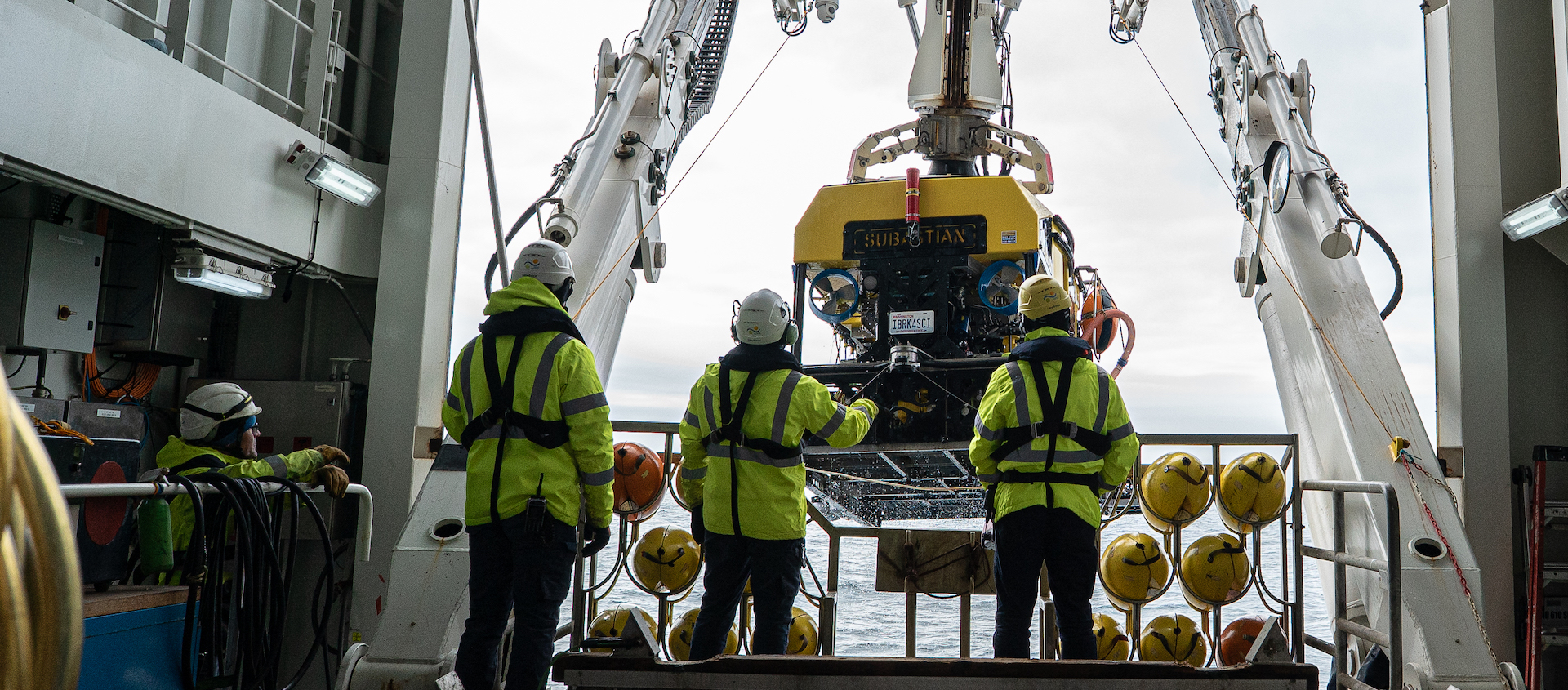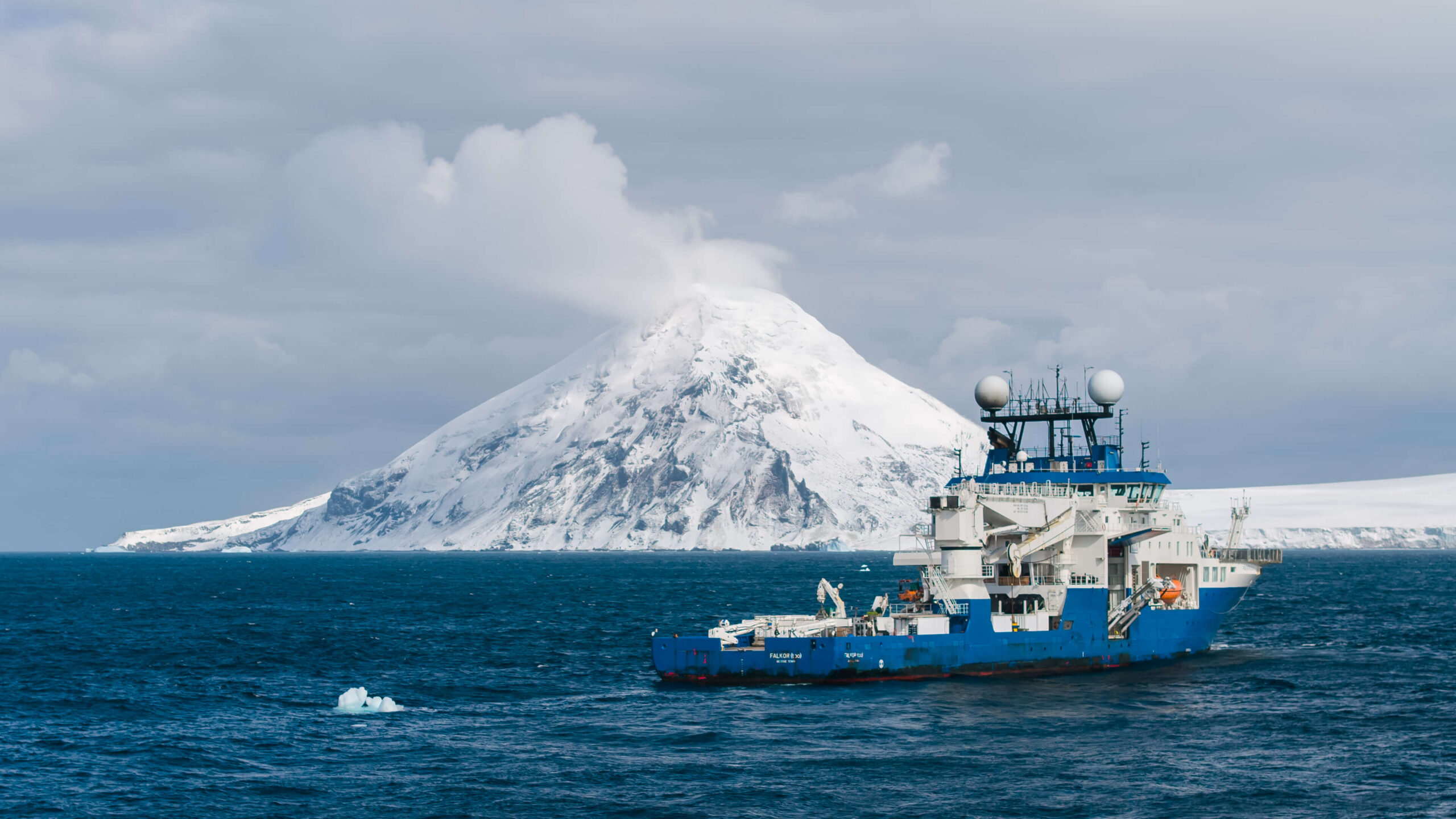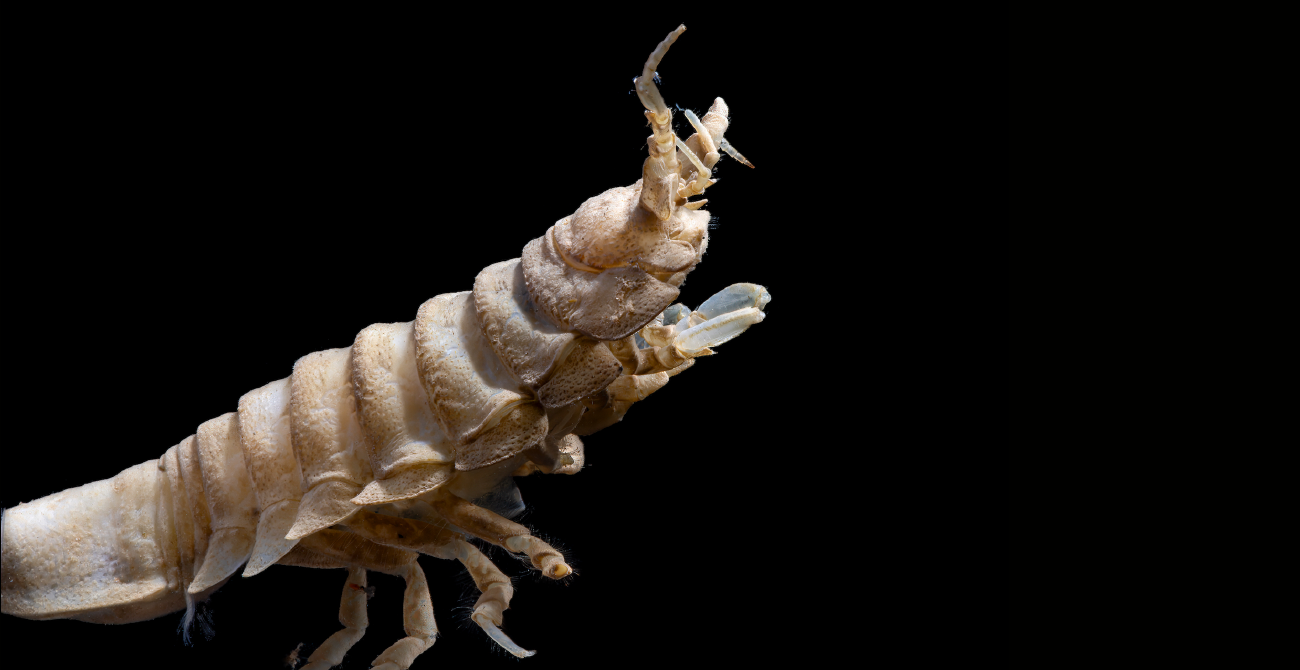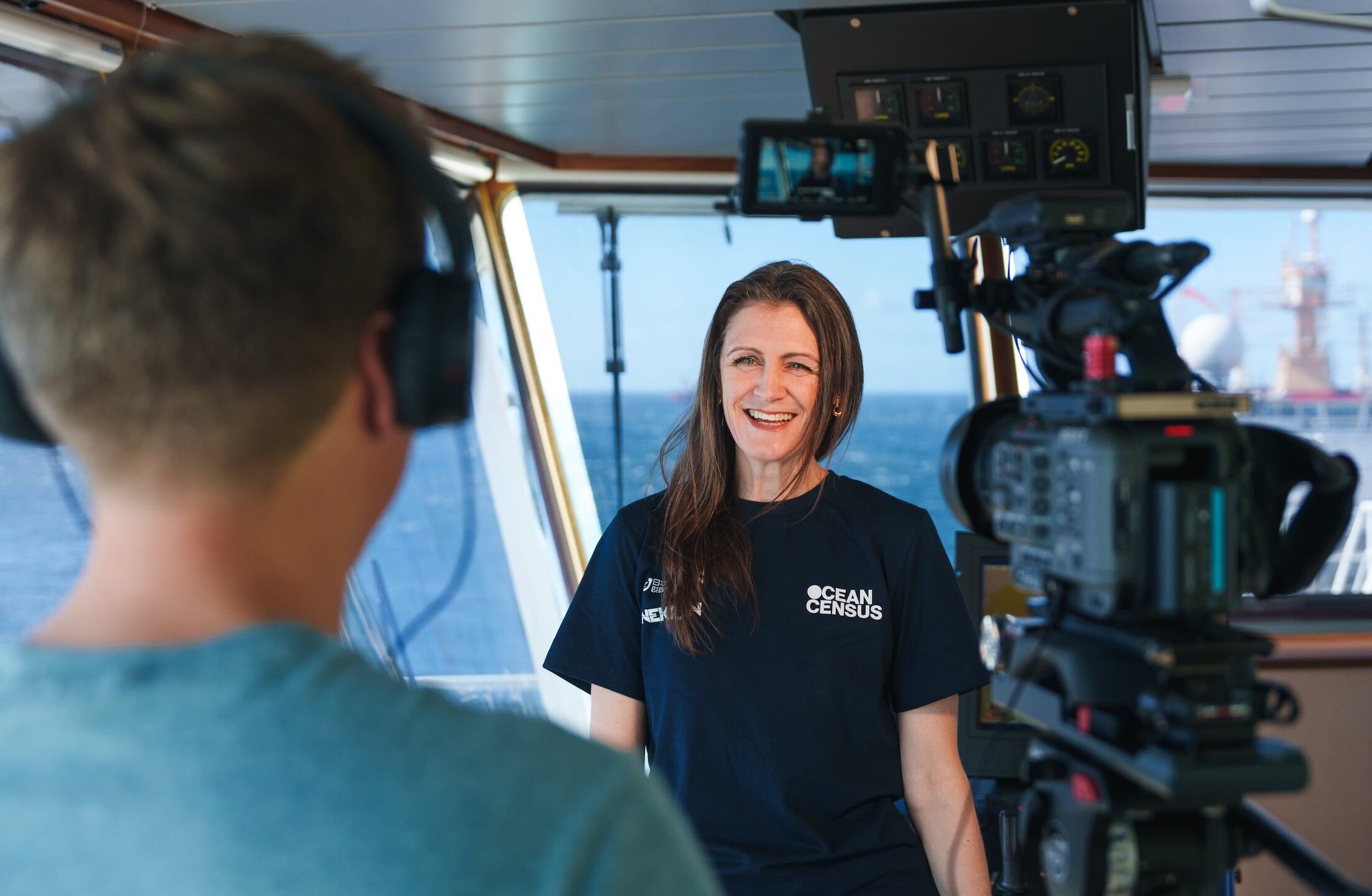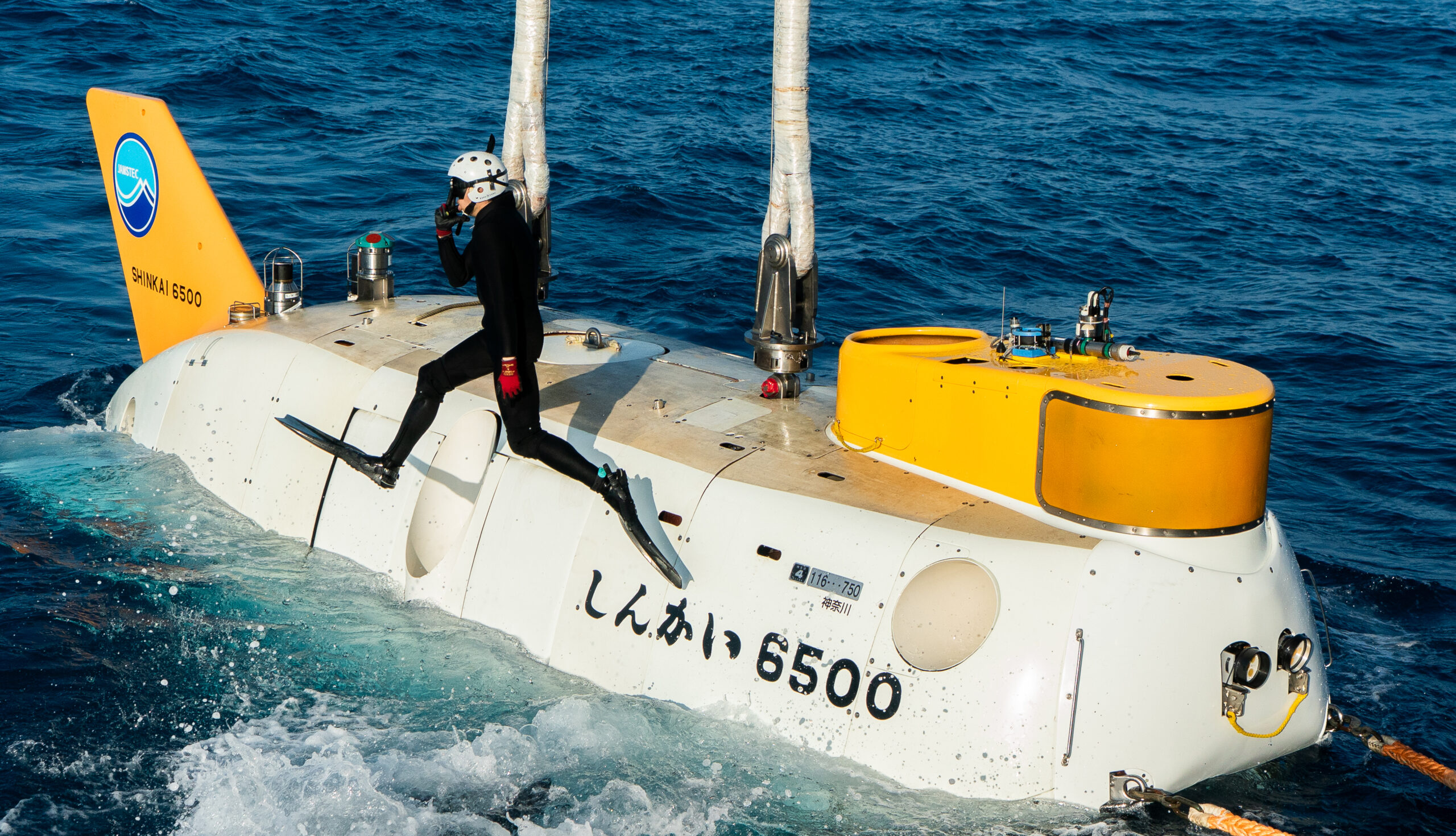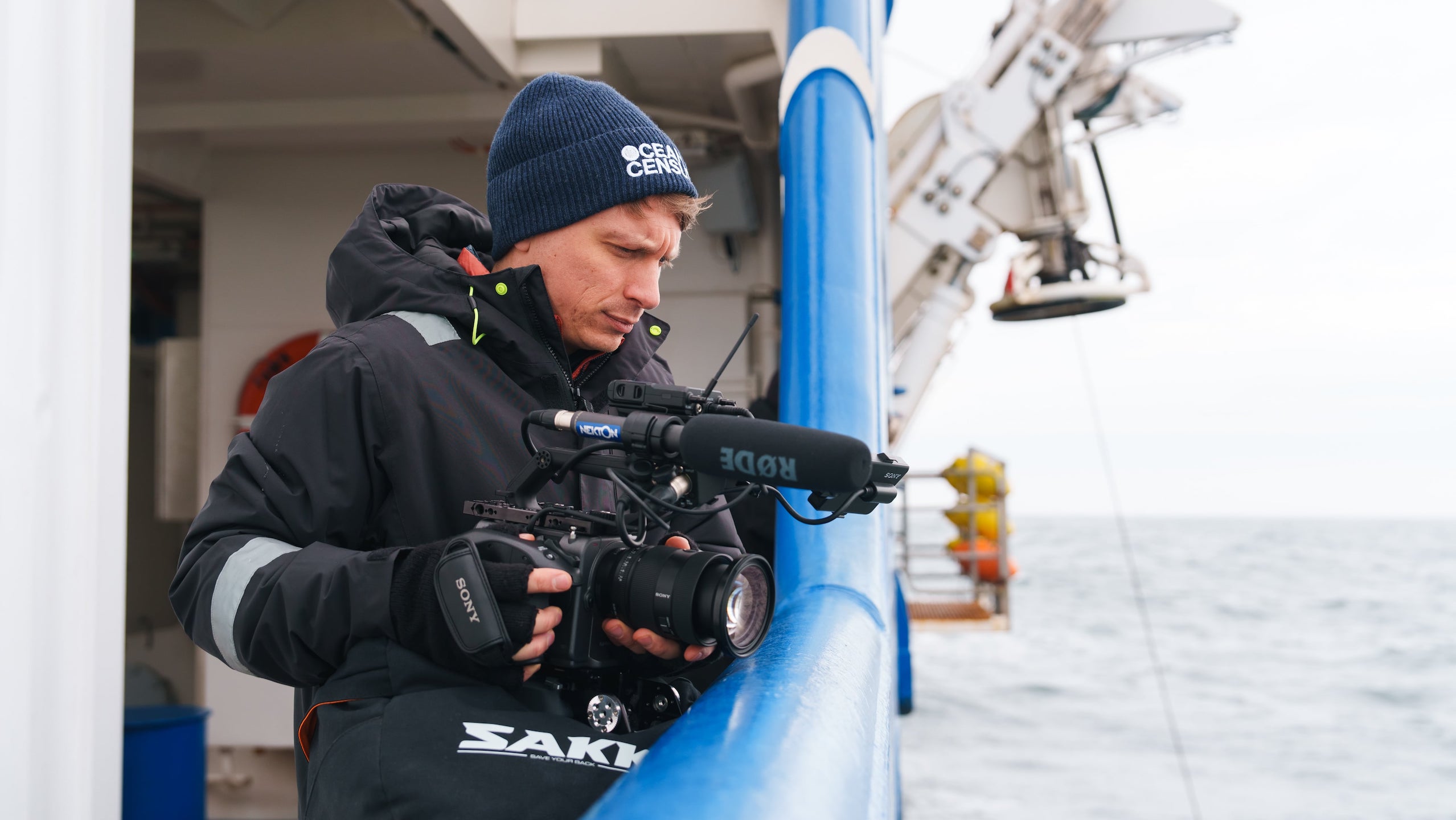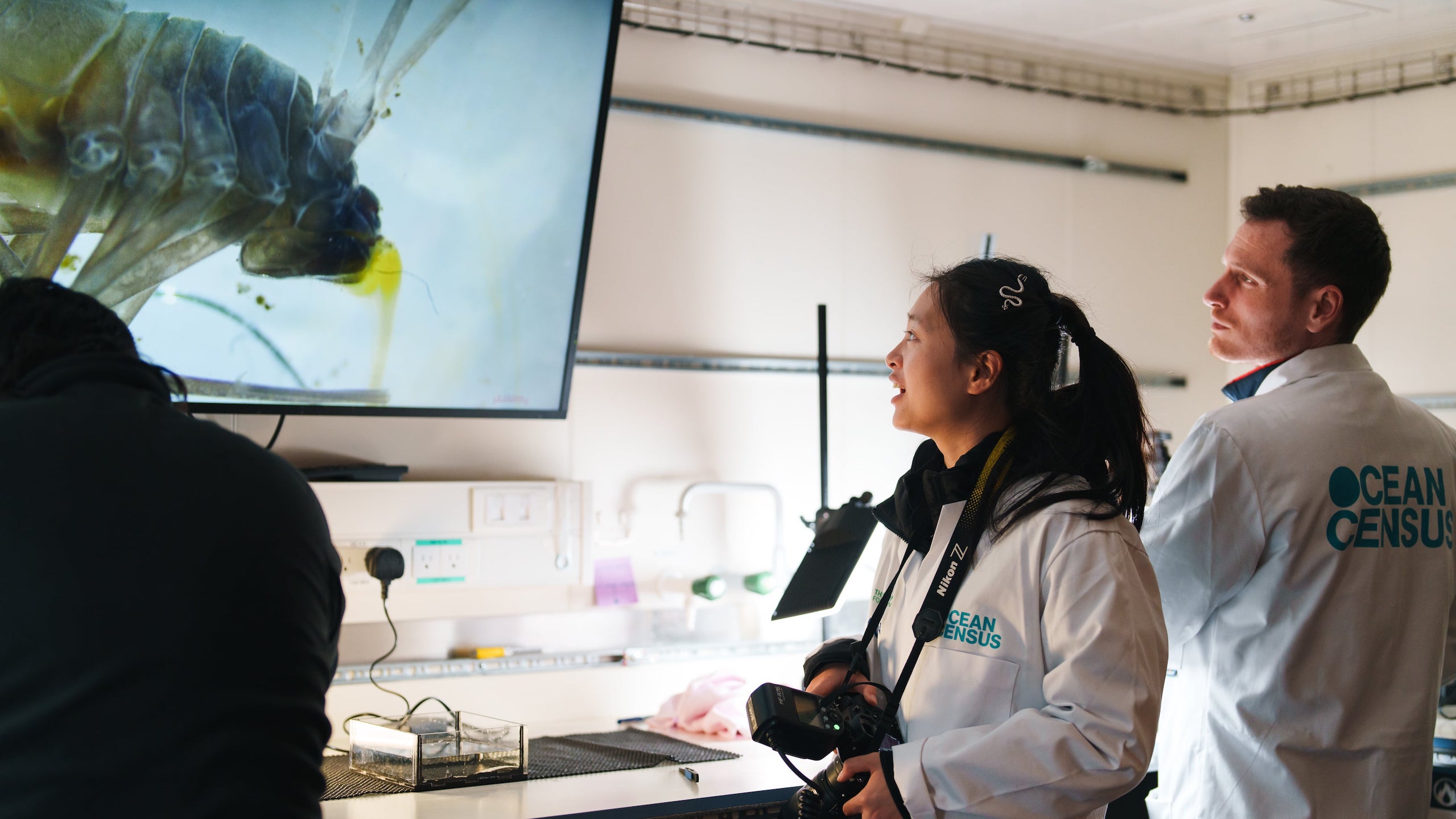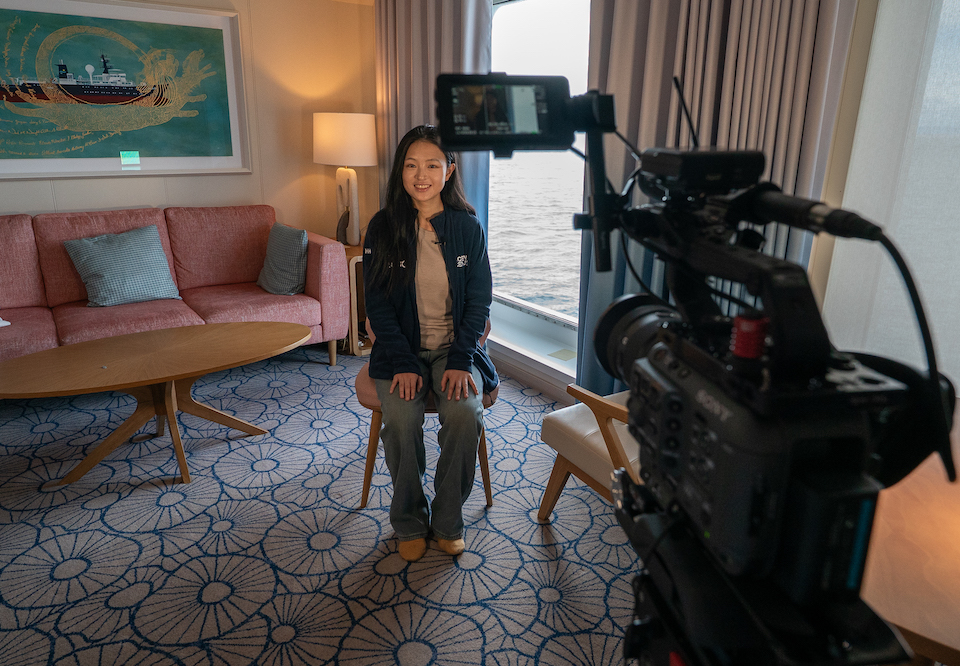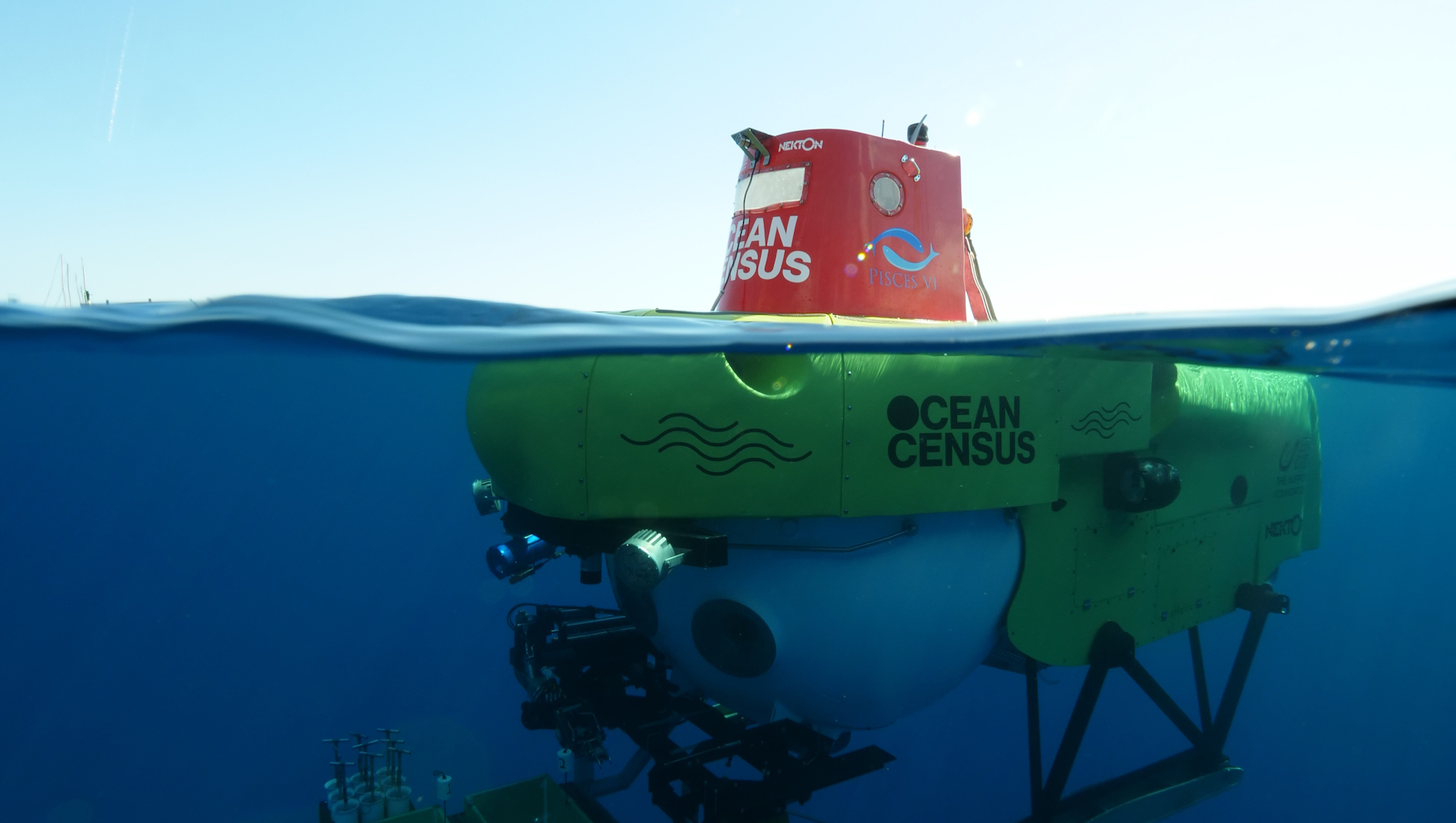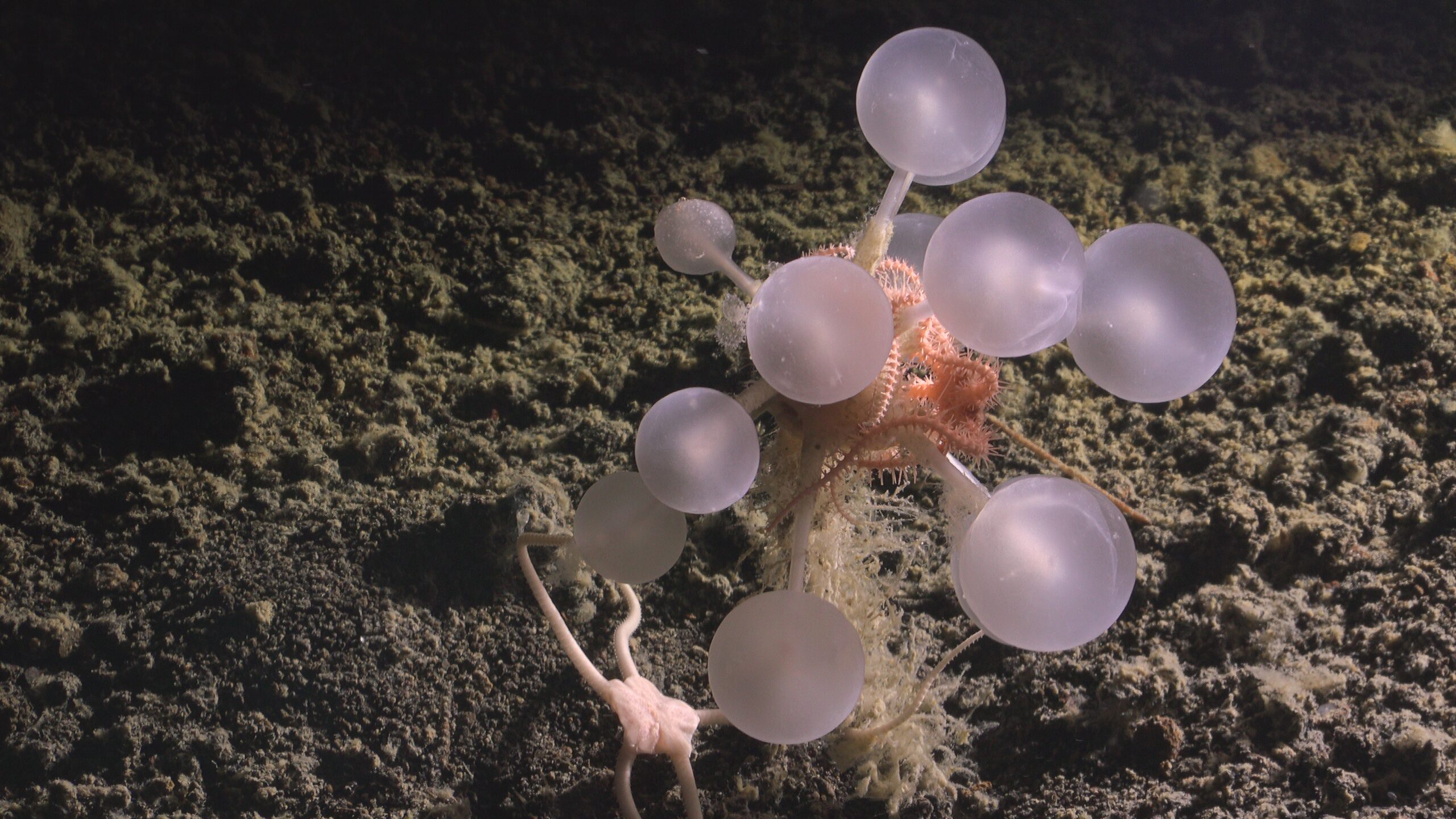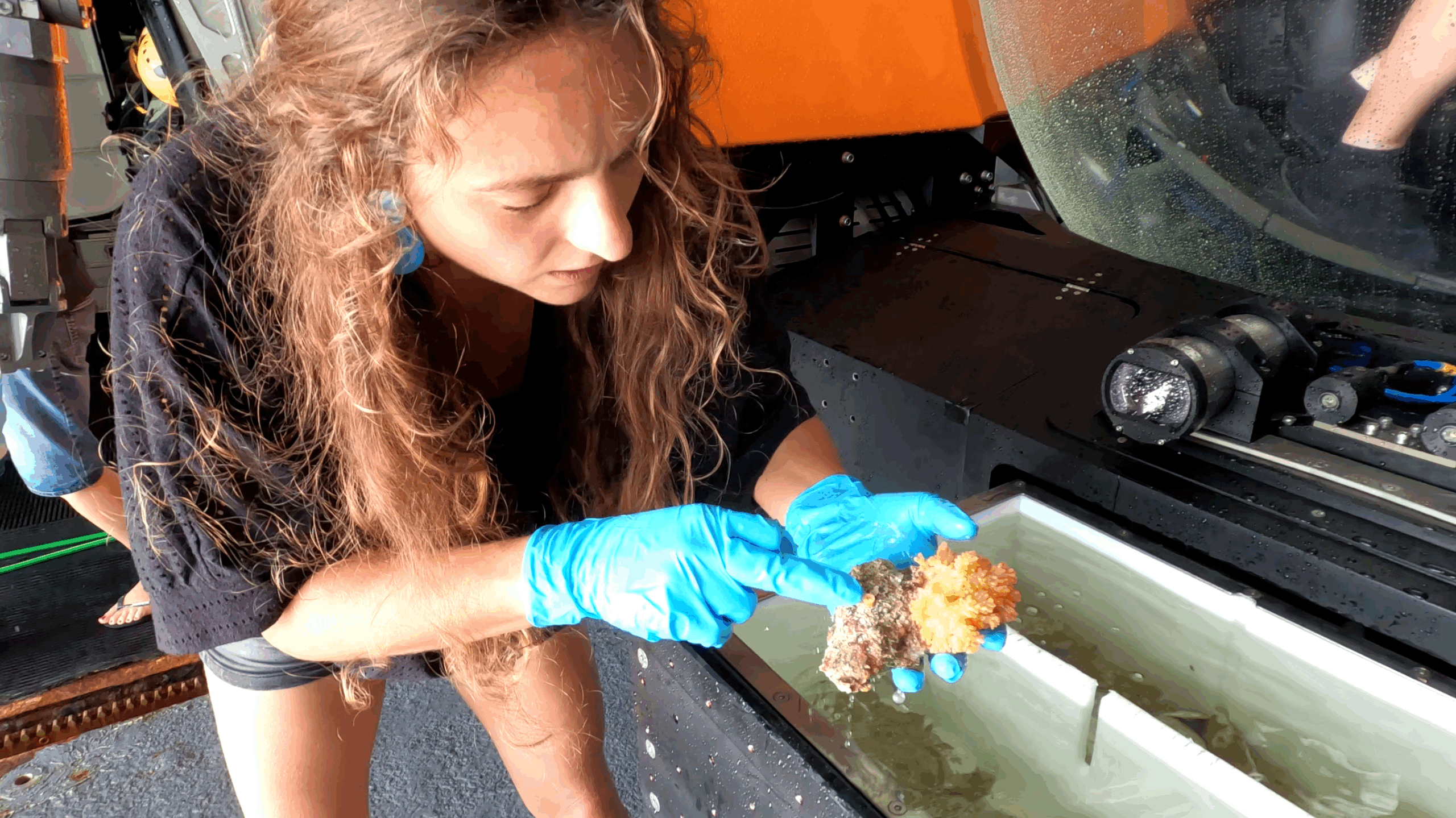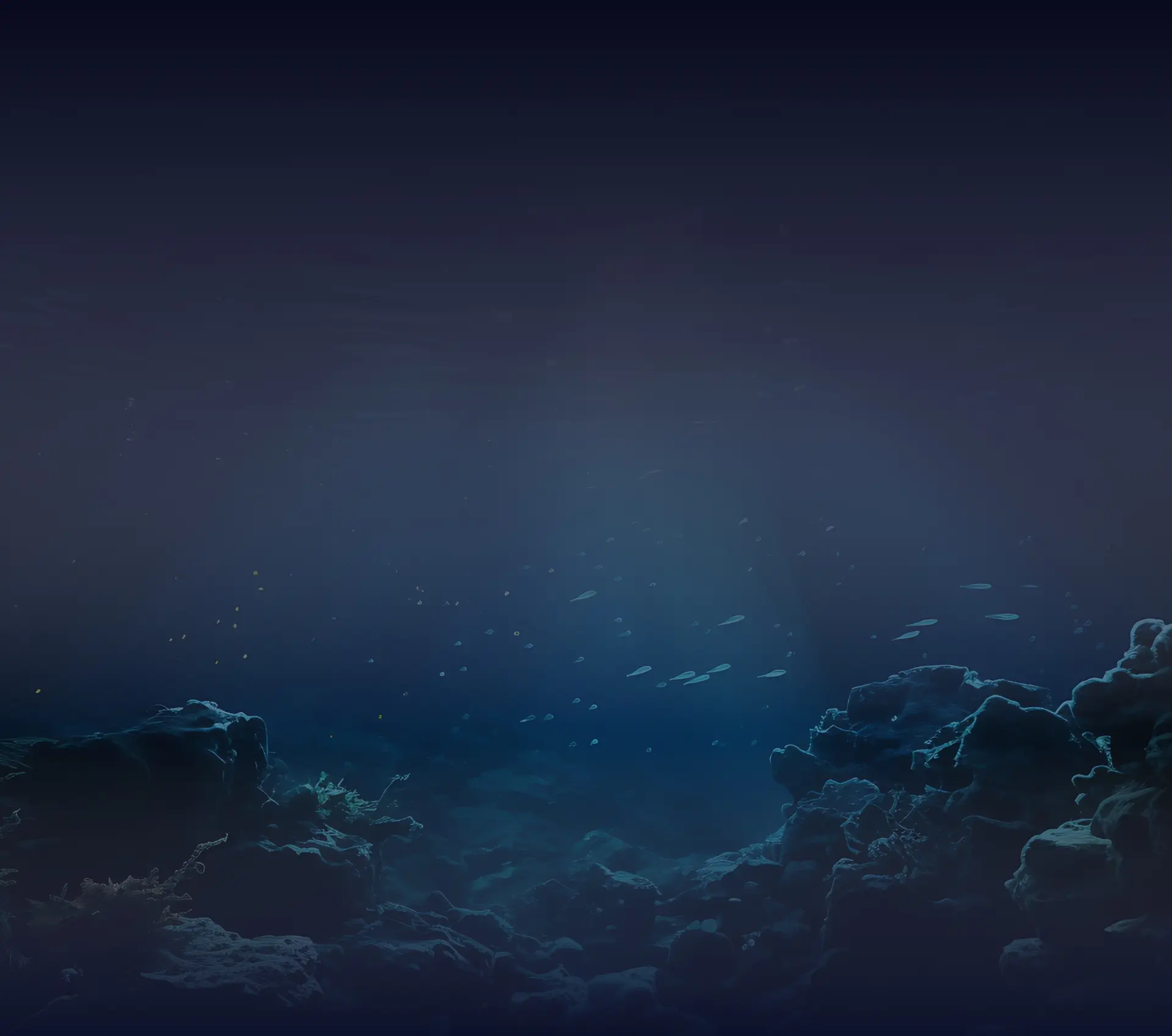
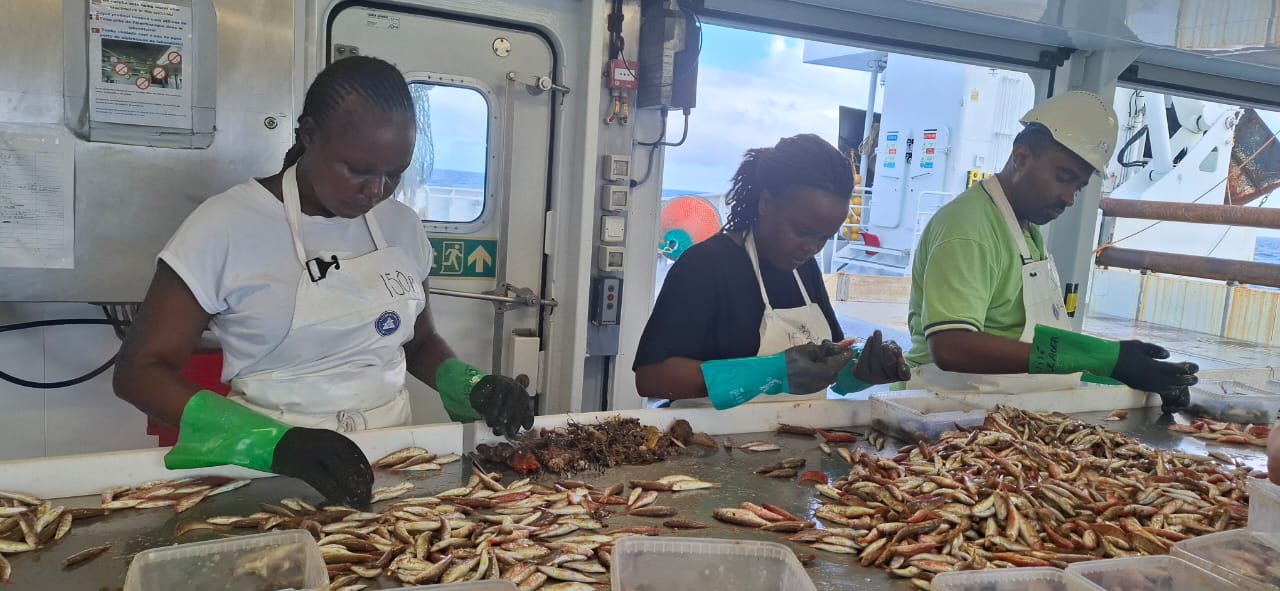
Exploring sustainable fishing practices in Kenya’s coastal region with participant Scientist Jackline Adhiambo

Coastal Community Conservation
Jackline Adhiambo is a Fisheries Data Officer with the Lamu Marine Conservation Trust and she is also part of the Ocean Census Science Network. Jackline recently completed an 11 day expedition exploring Kenya’s coastal region with the FAO. Here she used her background as the invertebrate expert to support the identification of specimens from trawl catches, as well as study the environmental conditions impacting biodiversity.
Jackline’s work with the Lamu Marine Conservation Trust in Kenya, a Community Based Organisation based in the Lamu Archipelago, involves working directly with coastal communities to strengthen marine protection by improving engagement, enhancing data collection and promoting conservation awareness. She’s particularly interested in understanding the deep-sea habitats of Kenya’s coastal region and how they interact with shallower food webs.
The objective of the FAO Kenya expedition was to assess fisheries resources and collect samples to improve knowledge on the diversity, distribution, abundance of fishery resources in Kenyan waters, onboard the R/V Dr Fridtjof Nansen. The expedition also sought to study the environmental conditions and levels of pollution impacting biodiversity in Kenyan waters.
Feature Image Credit: Jackline Adhiambo
Coastal Community Conservation
What are some of the most important factors you’ve discovered through your work with coastal communities?
One of the most important insights from working closely with coastal communities is that conservation efforts succeed when communities feel genuinely included and valued as they possess traditional knowledge about their ecosystems and when this knowledge is combined with science it leads to more practical and accepted solutions. I have also learned that social dynamics such as gender roles, livelihood pressures and levels of awareness strongly influence participation. Additionally, consistency in engagement, transparency and clear communication helps communities feel ownership of conservation initiatives thus making them more motivated to safeguard their resources.
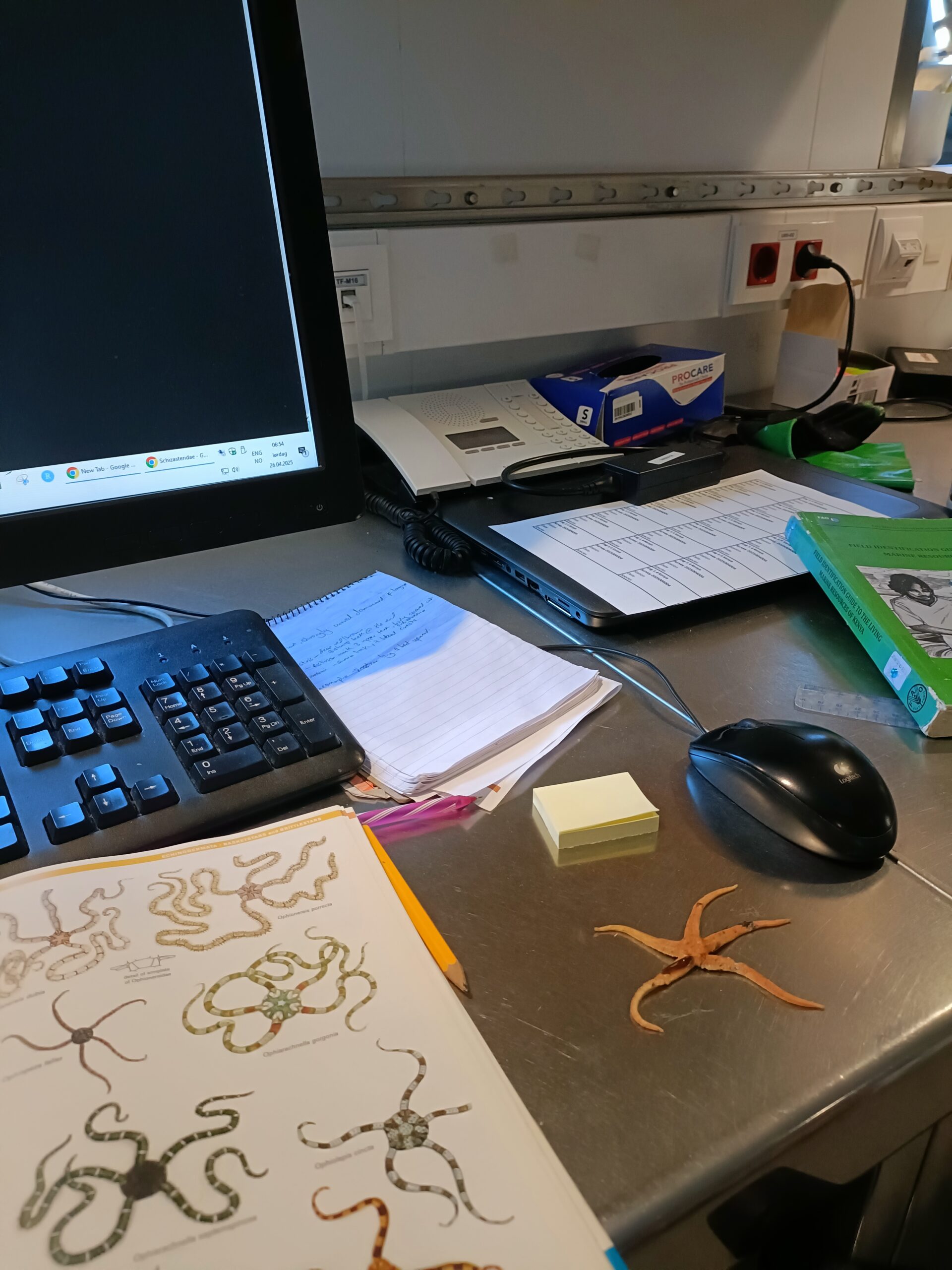
What can you tell us about the importance of sustainable fishing practices in Kenya’s coastal region?
Sustainable fishing practices are at the heart of food security and resilience in Kenya. Many households rely directly on fisheries for both income and nutrition, so the long-term health of fish stocks is closely tied to community wellbeing. Unsustainable practices like use of destructive gear, targeting juvenile fish or fishing in sensitive habitats threaten biodiversity and reduce catches over time. Fish populations can regenerate through the use of sustainable methods such as gear restrictions, habitat protection and data-driven decision-making. This has the potential to secure livelihoods and protect the different ecosystems (coral reefs, mangroves and seagrass beds).
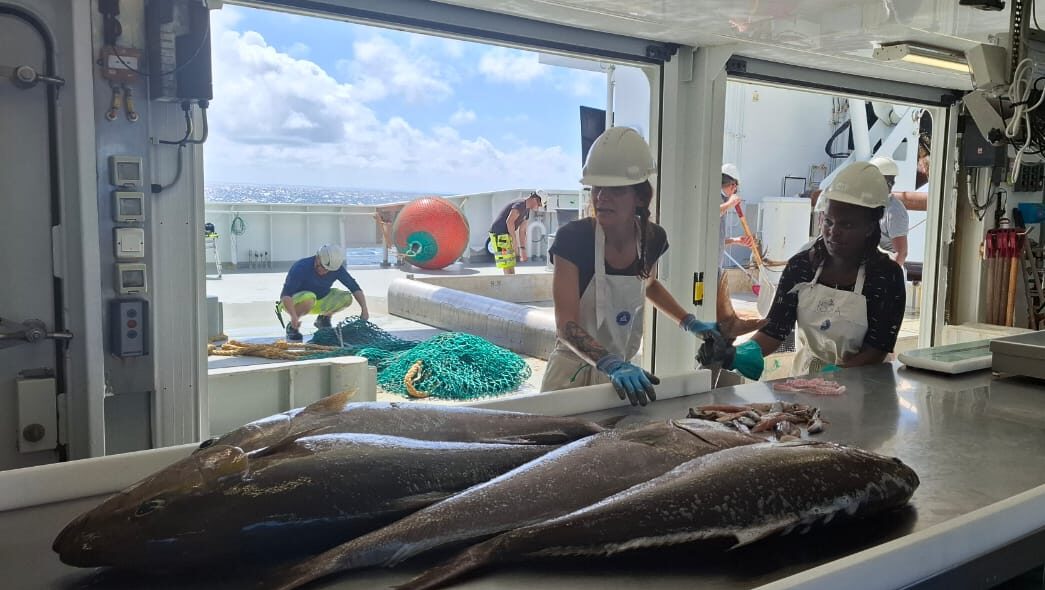
Jackline Adhiambo, an Ocean Census expedition participant scientist, on board the R/V Dr. Fridtjof Nansen for the FAO Nansen Programme. Photo Credit: FAO
EAF-Nansen Kenya expedition
What has been the most significant finding from your time on the EAF-Nansen Kenya expedition?
The most significant finding was the clear evidence of diverse deep-sea habitats along Kenya’s continental shelf and slope. This baseline knowledge is vital because it fills major data gaps and provides a foundation for future marine spatial planning and biodiversity protection. Being part of the team that collected this information showed me how essential systematic research is in regions where historical data is limited.
How might the findings from this expedition contribute to our understanding of sustainable fishing practices?
The data from the expedition can help identify critical habitats, vulnerable species and areas that require protection or regulated fishing. This helps to ensure fishing practices are not only productive but also ecologically responsible.
Deep-sea ecosystems
What inspired your interest in ocean conservation and in particular deep-sea ecosystems?
I was born and raised in Mombasa, where the ocean was an everyday part of my life. We visited the beach often, and I was always captivated by what I saw from the colour, waves crashing, tidal pools and the marine life. Whenever I asked the adults around me to explain what was happening, they gave answers that only raised more questions. That curiosity stayed with me and pushed me to learn more about the ocean for myself. Once I was done with high school education I pursued a Bachelor’s Degree in Marine Biology and Fisheries at Pwani University. Deep-sea ecosystems are some of the least explored yet most ecologically significant areas of the ocean. Their mystery, diversity and vulnerability spark my interest. Knowing that decisions on resource use are often made with very limited information motivates me to be part of the efforts that generate the scientific knowledge needed to conserve these ecosystems.
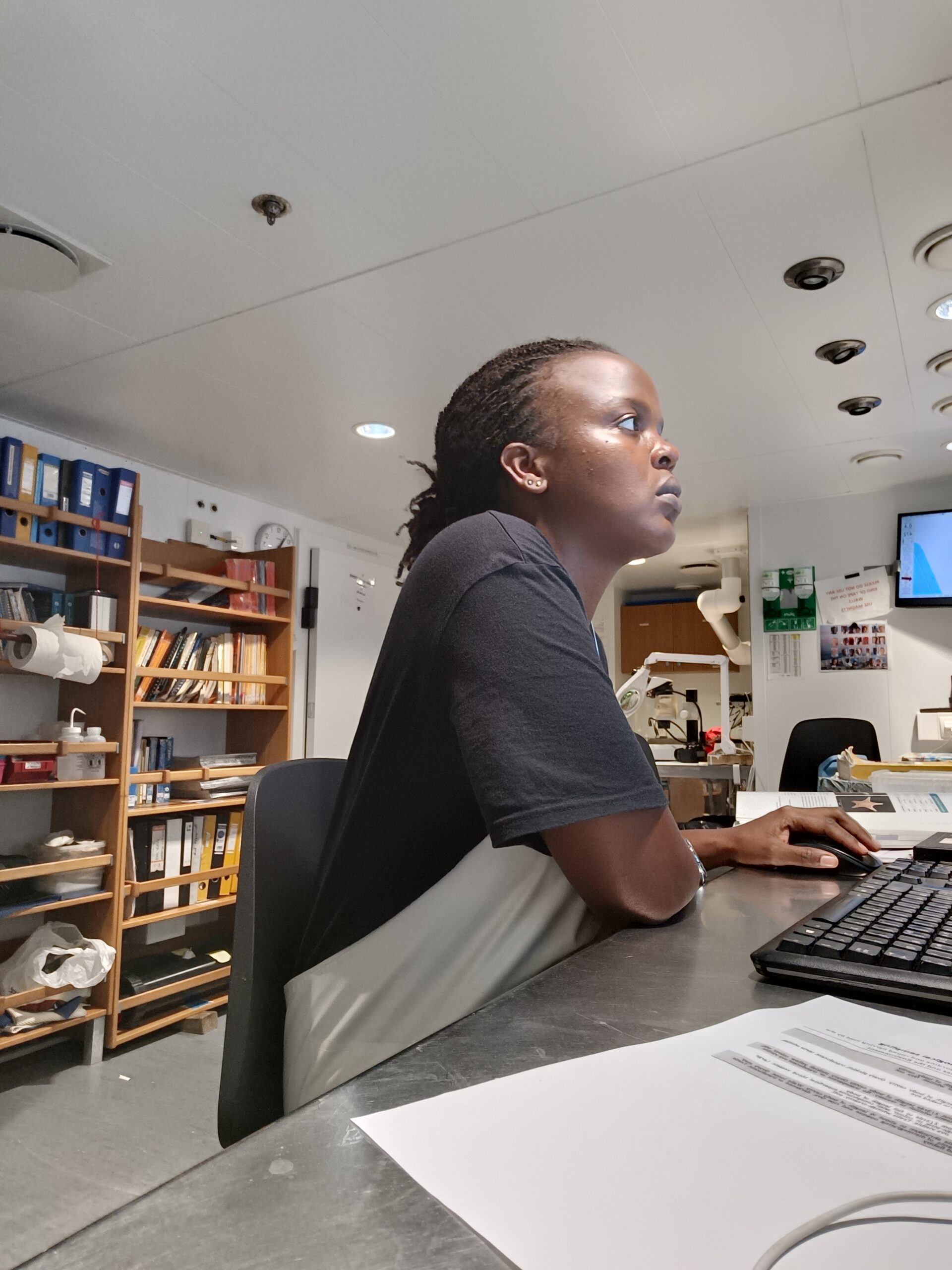
What surprising discoveries have you made or learnt about regarding deep-sea ecosystems in Kenya’s coastal region?
What has surprised me most is how rich and diverse Kenya’s deep-sea ecosystems actually are, despite how little I previously knew about them. During the trawling surveys along the Kenyan coastline at the North Kenya Banks where the Tana River deposits its sediments proved to be remarkably productive. I also learned that deep-sea species interact with shallower food webs, meaning changes or disturbances in deeper waters can affect fisheries and marine biodiversity closer to shore. Understanding these connections reinforces how important it is to protect deep sea habitats as part of broader marine conservation.
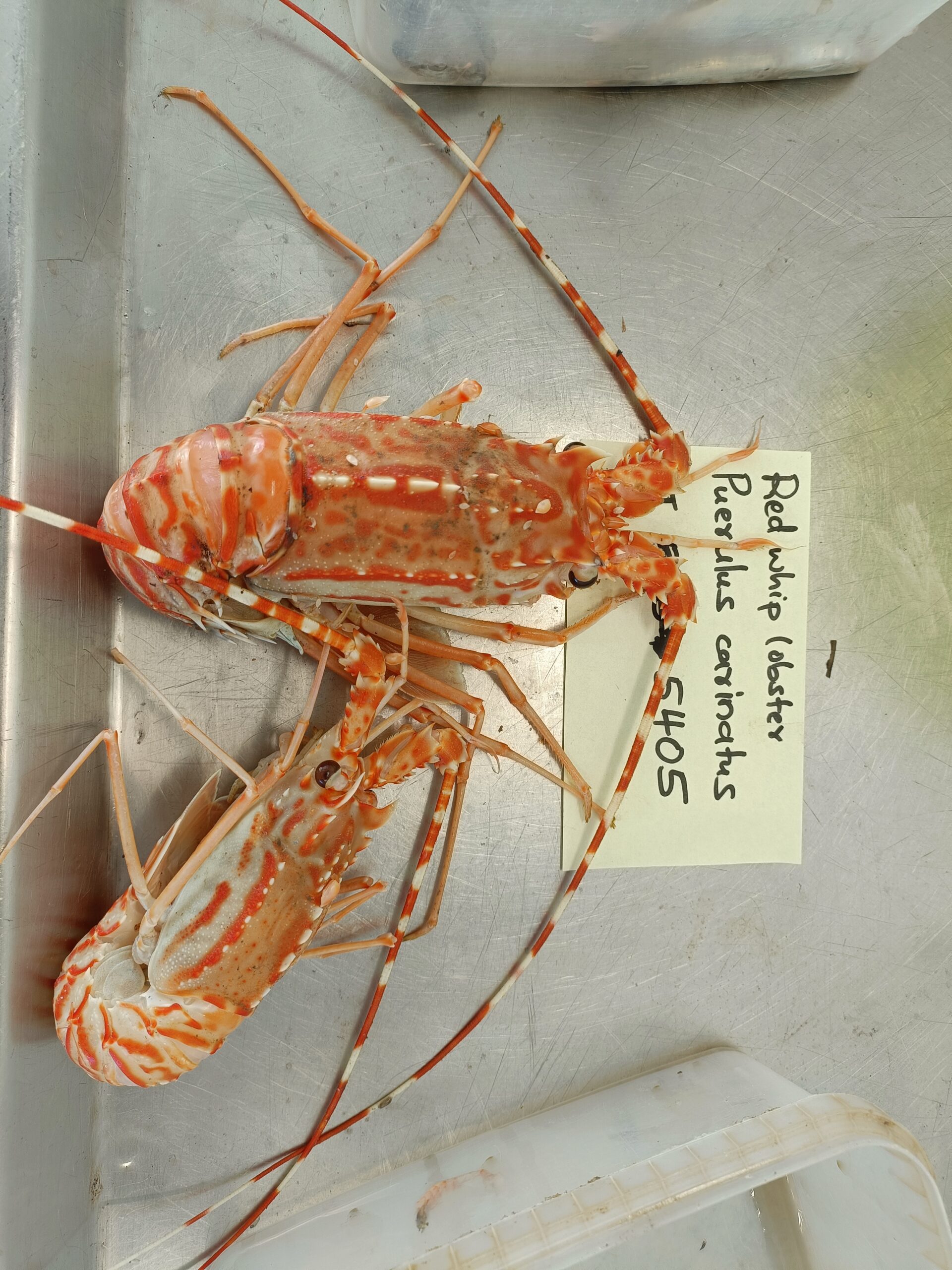
Collaborative research
Why is collaborative research so important for understanding how to manage sustainable fishing?
Collaborative research brings together scientists, government agencies, communities and organizations who each contribute unique expertise and perspectives. No single institution can gather all the data and/or address all the challenges alone. This builds trust, strengthens capacity and ensures that sustainable fishing is guided by credible and shared evidence.
Lamu Marine Conservation Trust
How has your work at the Lamu Marine Conservation Trust led to the increased protection of marine ecosystems?
My work at the Lamu Marine Conservation Trust has helped strengthen marine protection by improving community engagement, enhancing data collection and promoting conservation awareness. I collaborate with Beach Management Units (BMUs) from ten villages and other stakeholders (the Government and Civil Societies) to collect fisheries catch data, which supports informed decision-making for resource management collaboratively. Data collection methods are standardized to ensure accuracy and this helps in identification of trends that guide conservation interventions.
Additionally, I support environmental education programmes by facilitating community meetings, and participating in monitoring exercises (turtle conservation and mangrove patrols). This has increased community ownership of marine protection initiatives and hence contributing to better compliance, stronger stewardship and greater awareness of the value of healthy marine ecosystems.
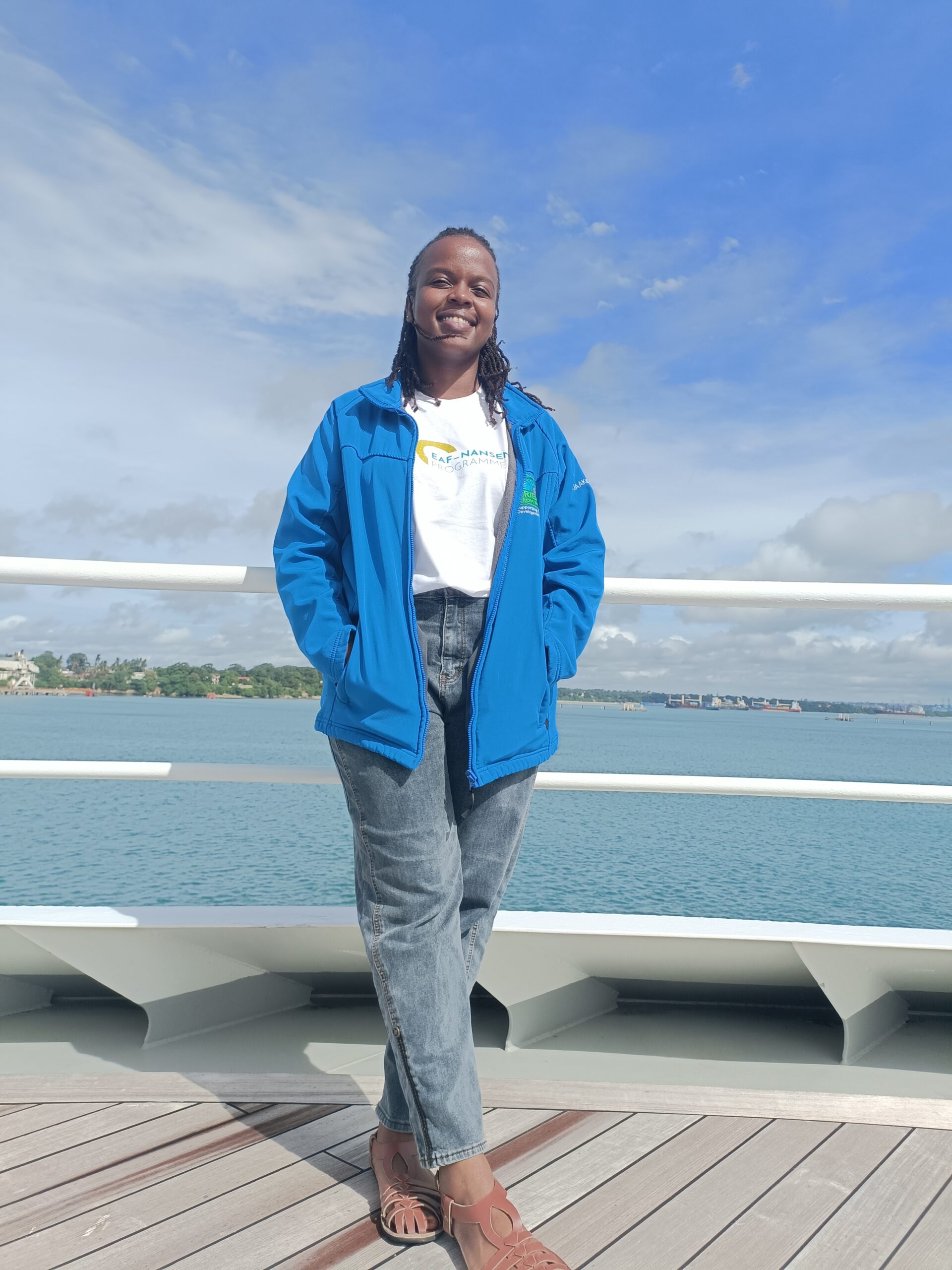
Find out more about the mission
The FAO Kenya expedition is part of The Nansen Programme, a joint initiative of The Institute of Marine Research (IMR) in Norway and the Food and Agriculture Organization of the United Nations (FAO). Its objective was to help newly independent states improve food security by identifying resources in their seas and oceans to support the development of their fisheries.
Discover more about the participant expedition below.
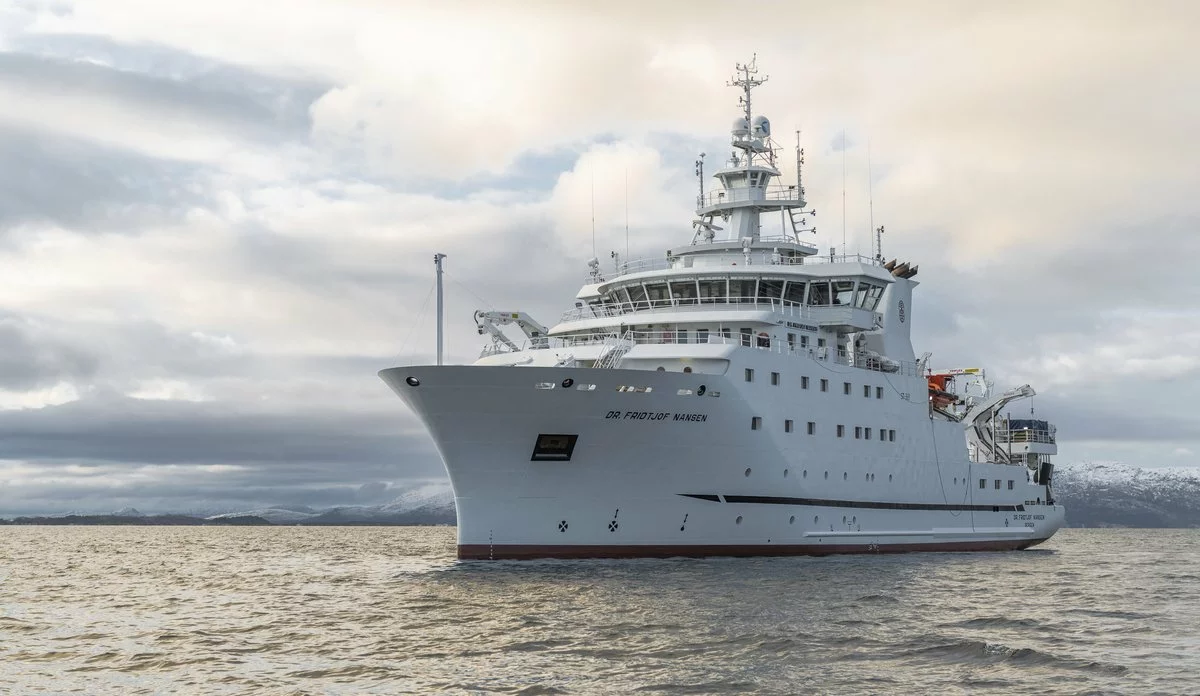
Related News
Join the census
The Ocean Census Alliance unites national and philanthropic marine institutes, museums, and universities, backed by governments, philanthropy, business and civil society partners.
